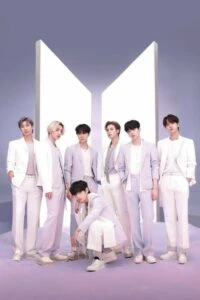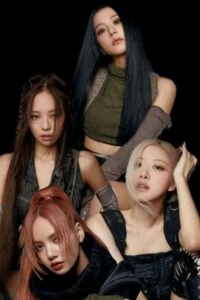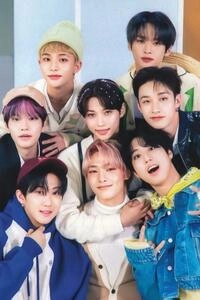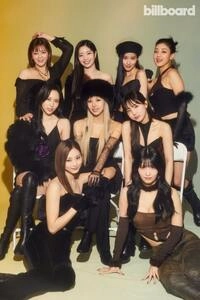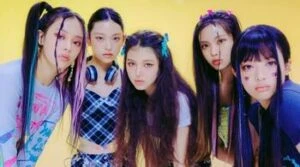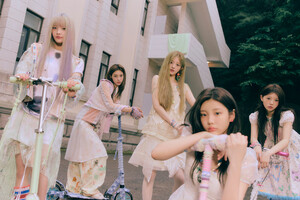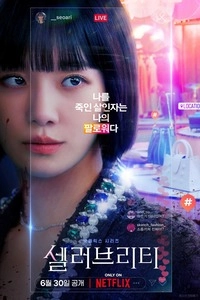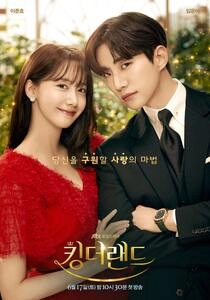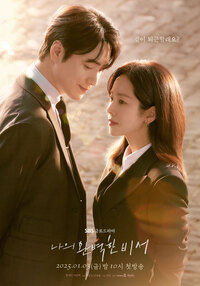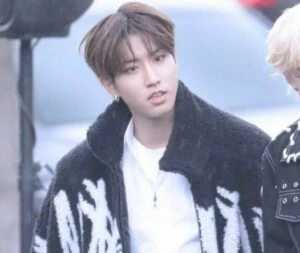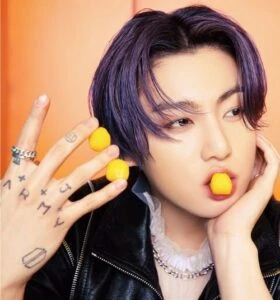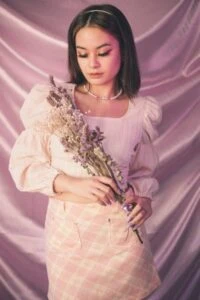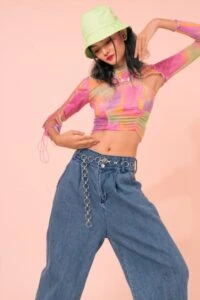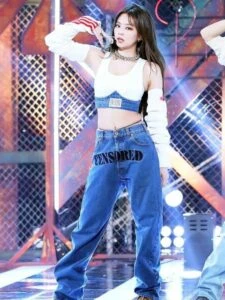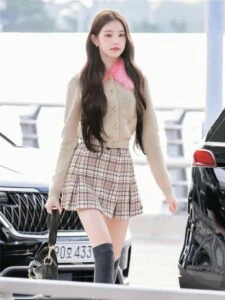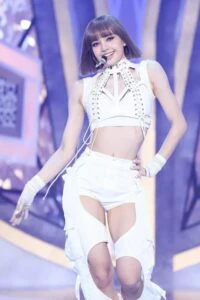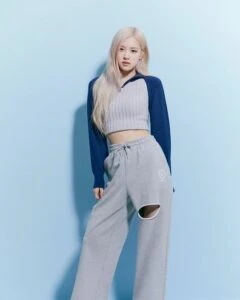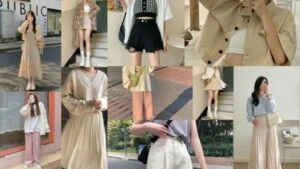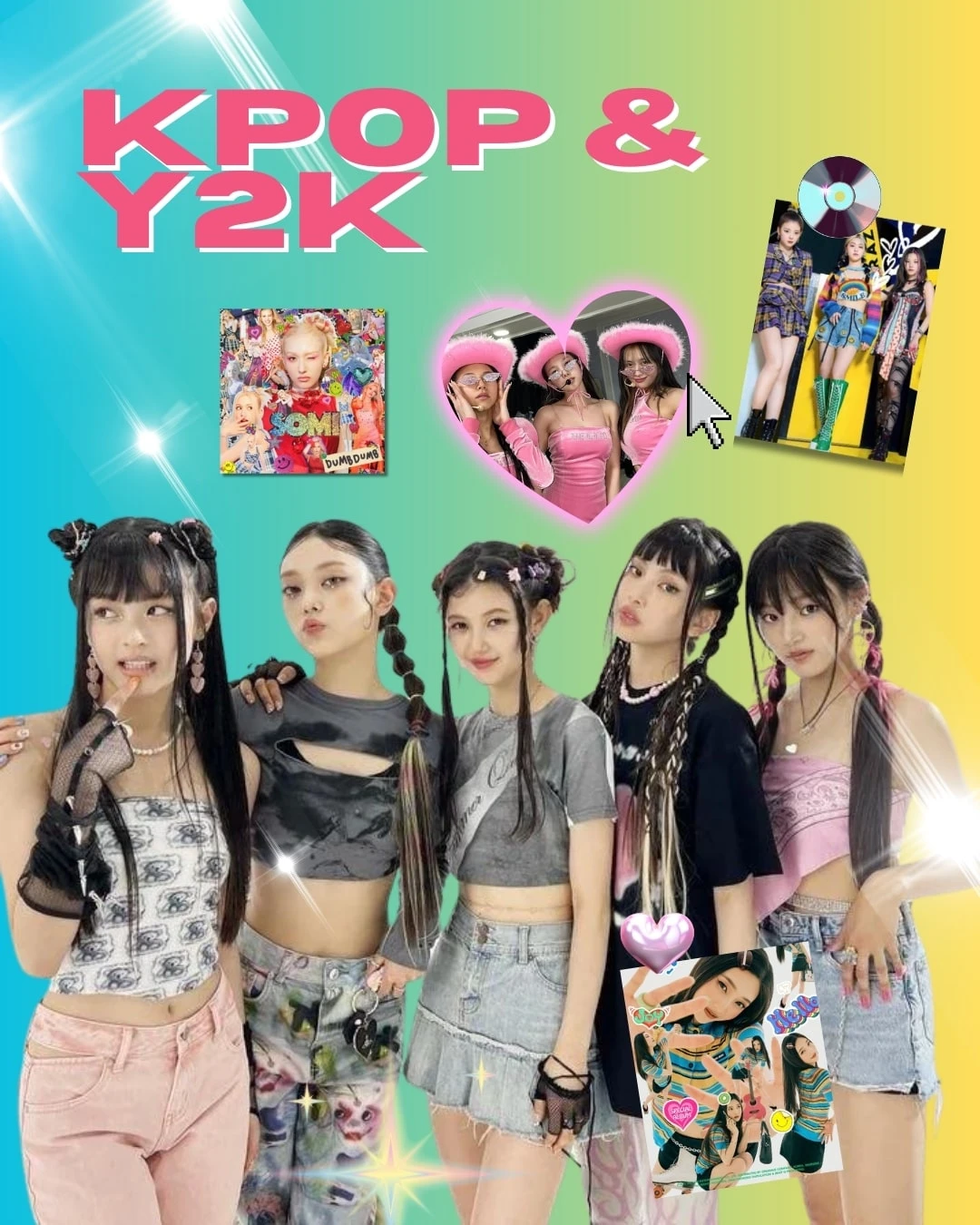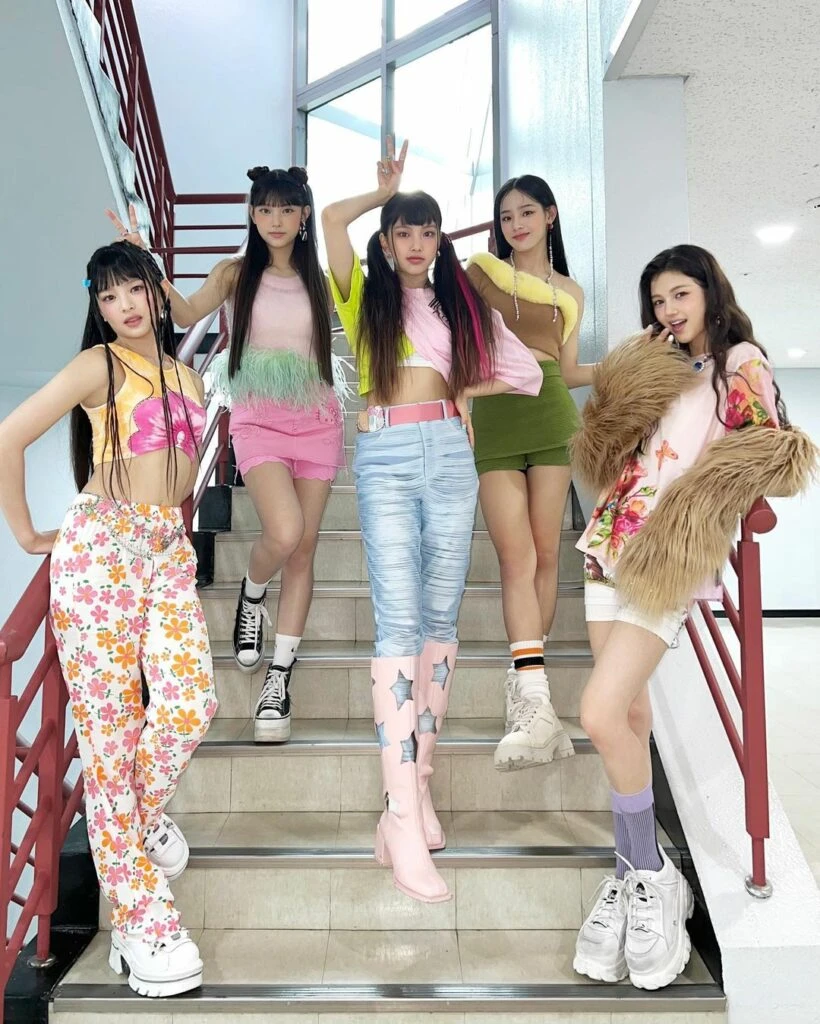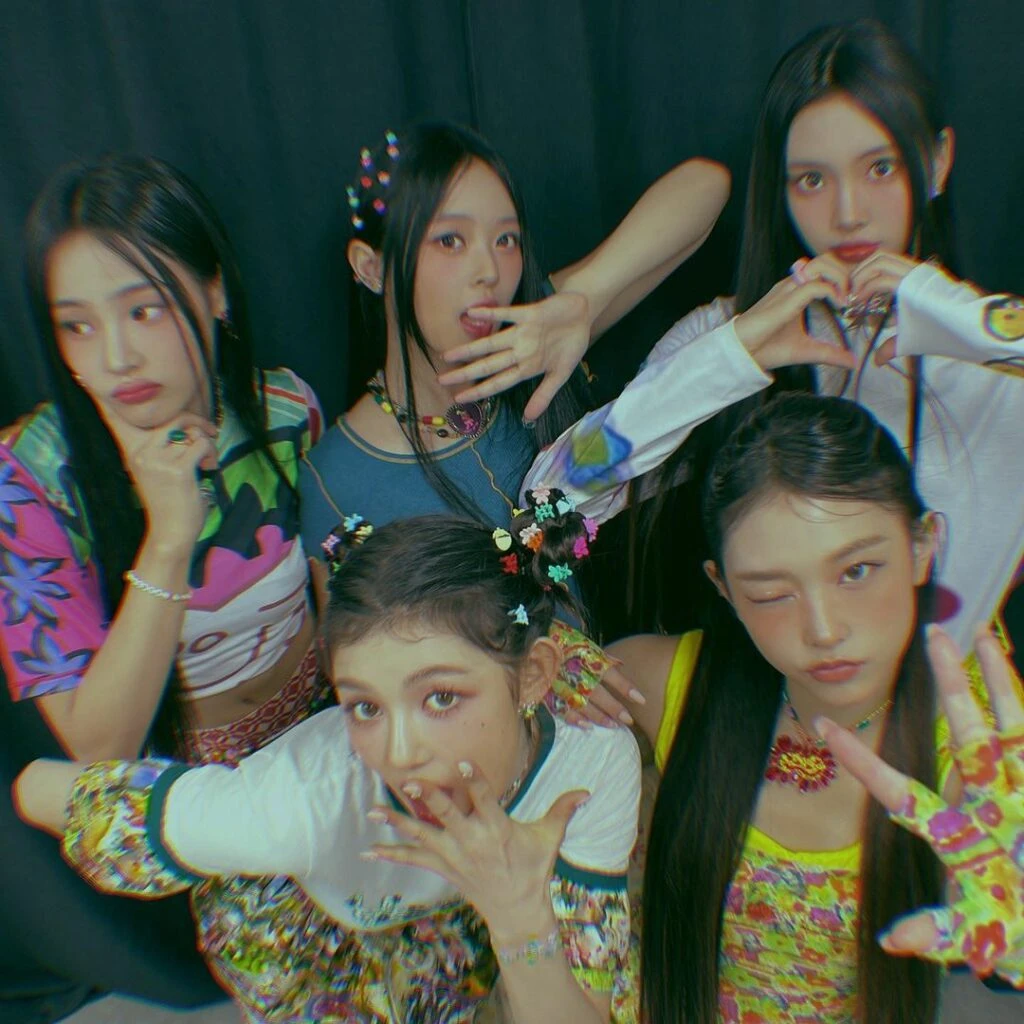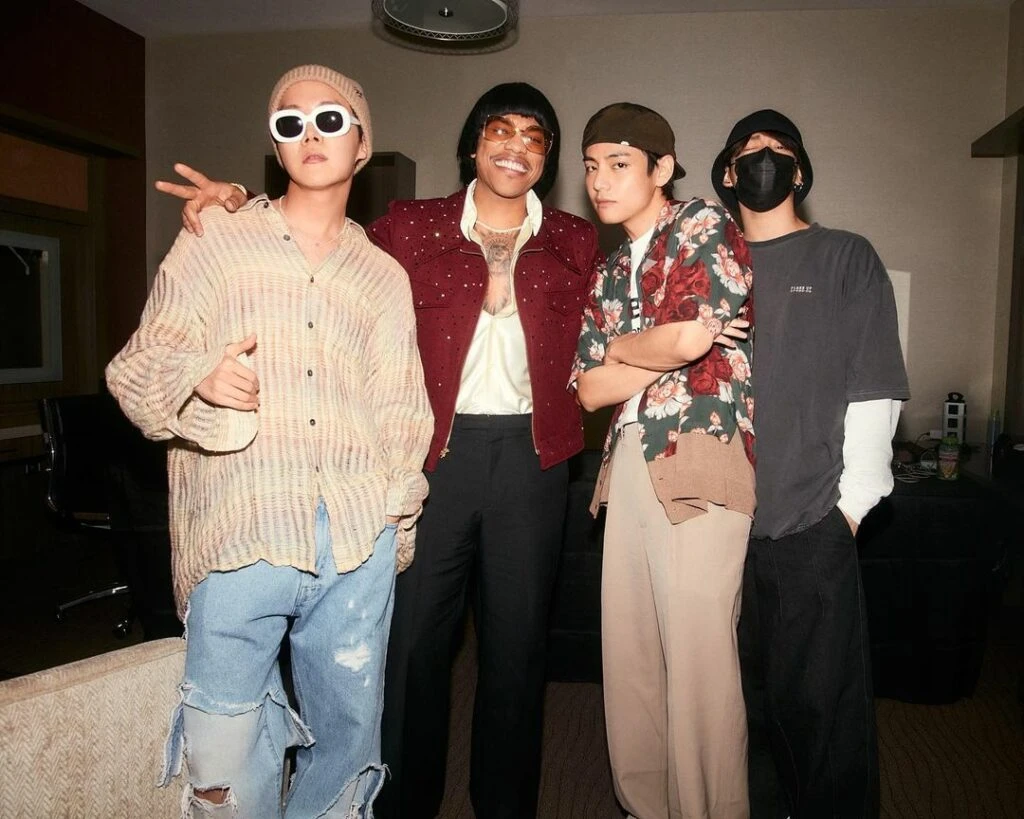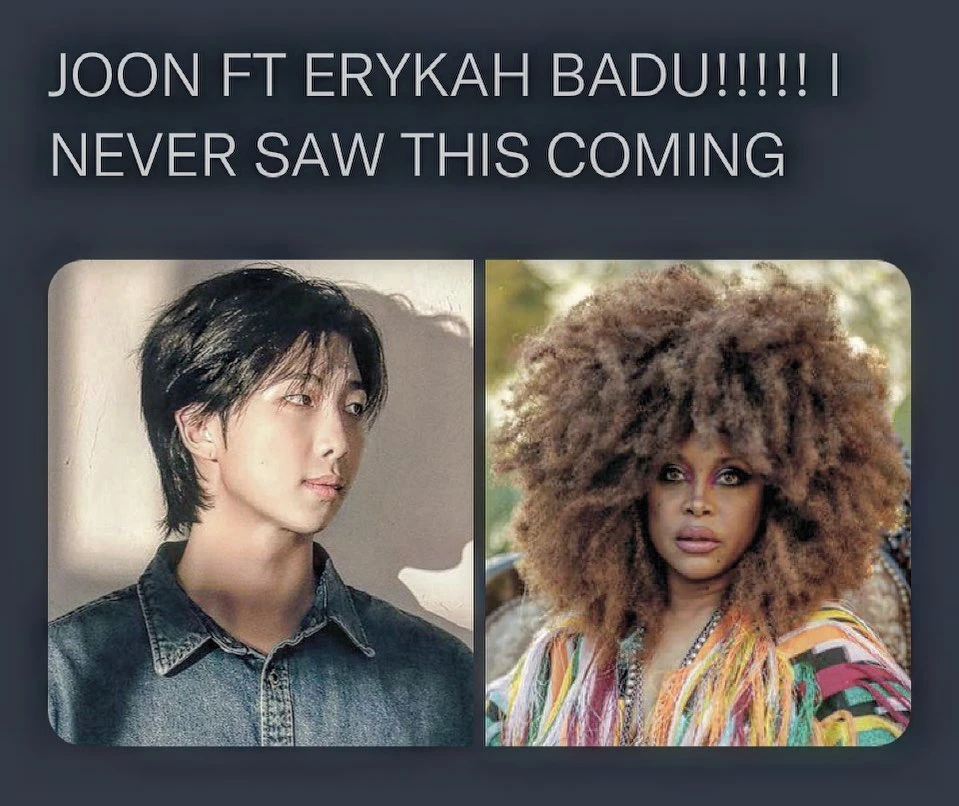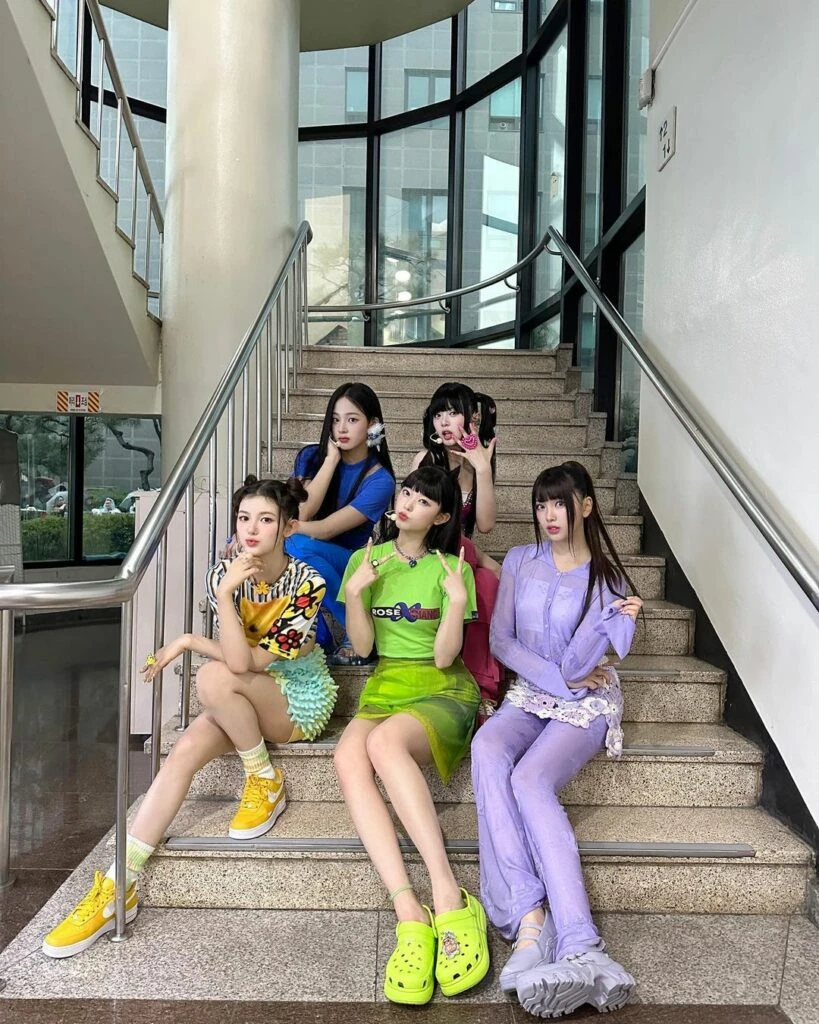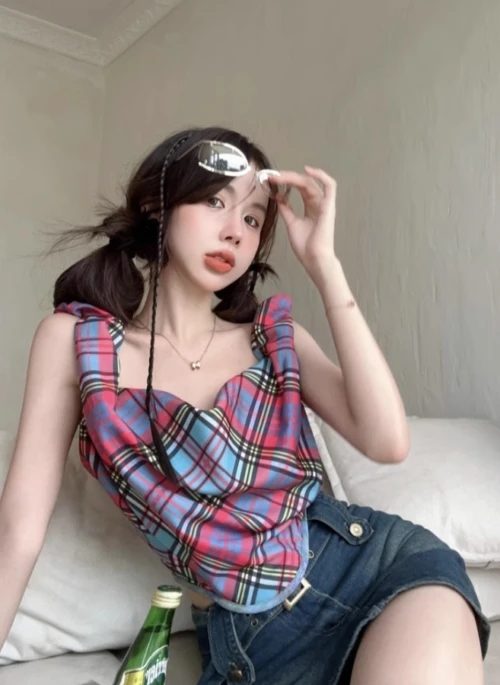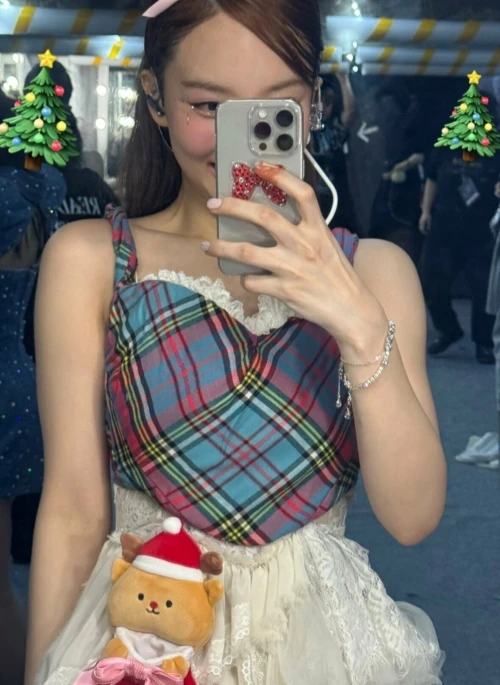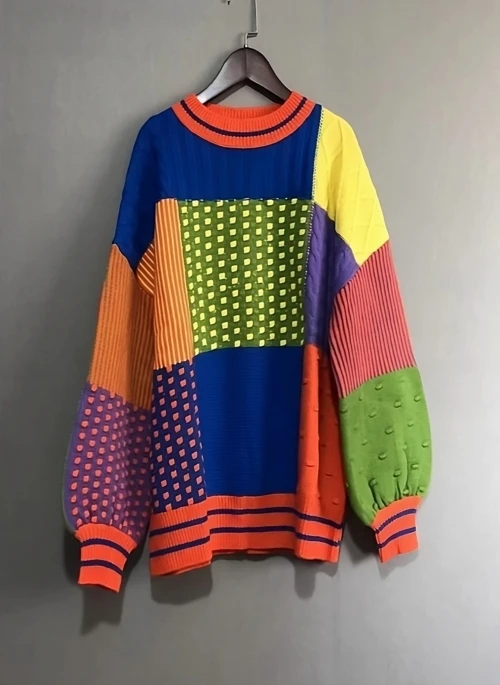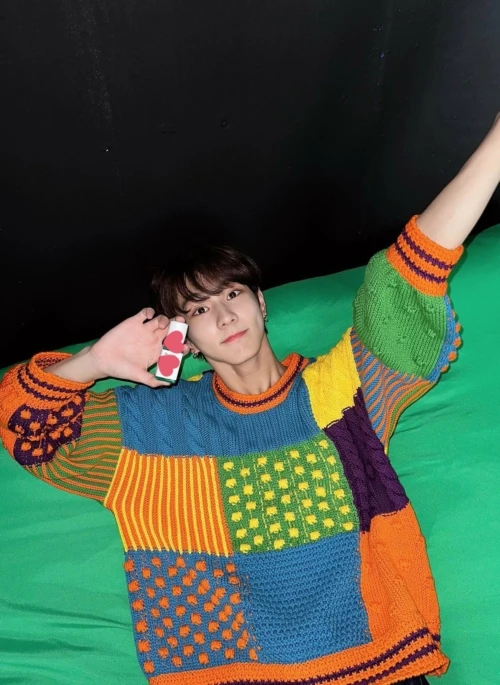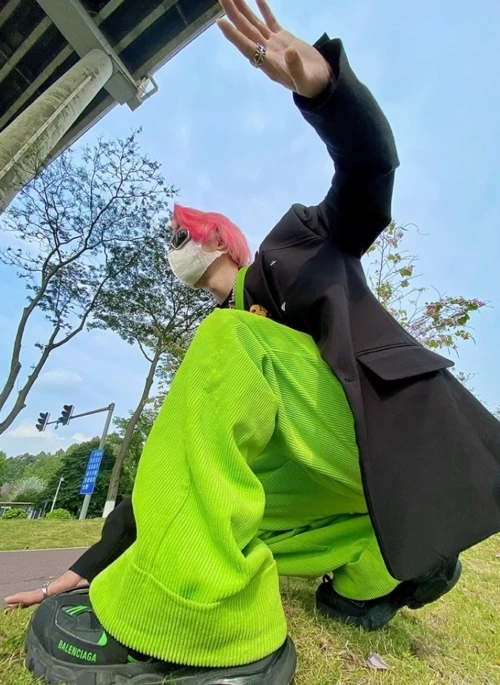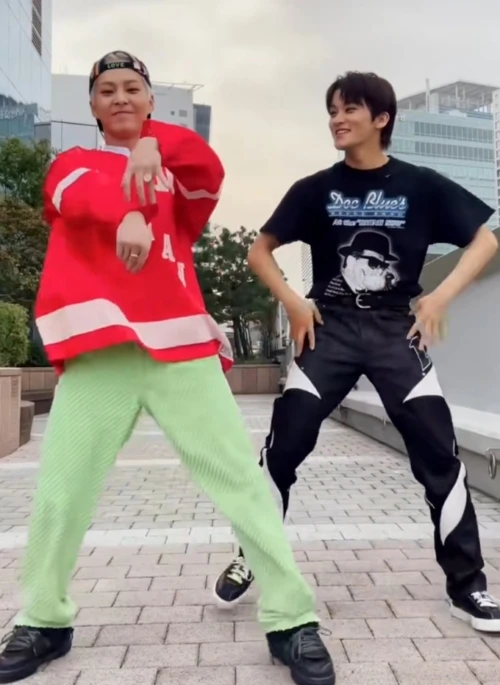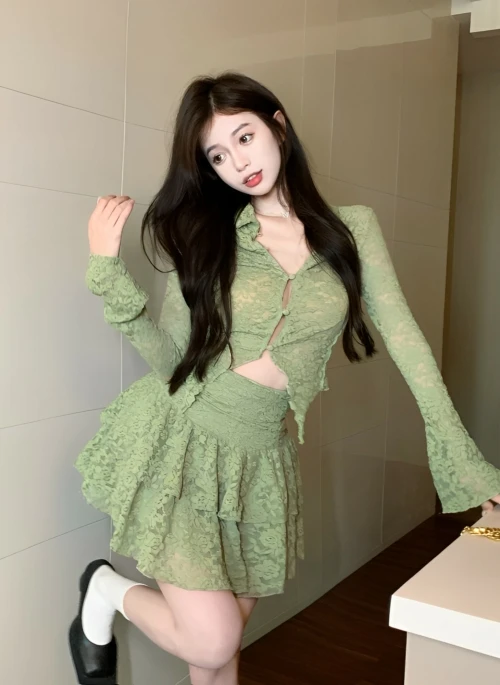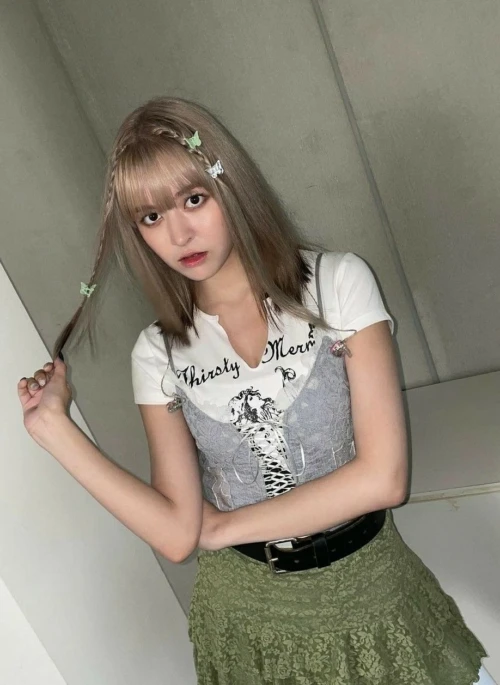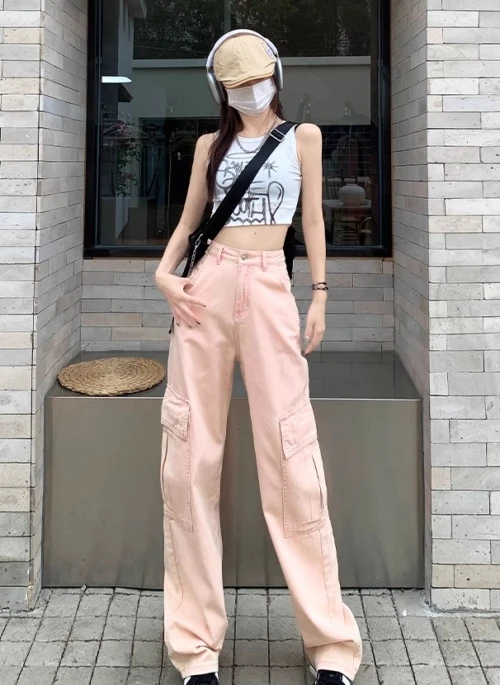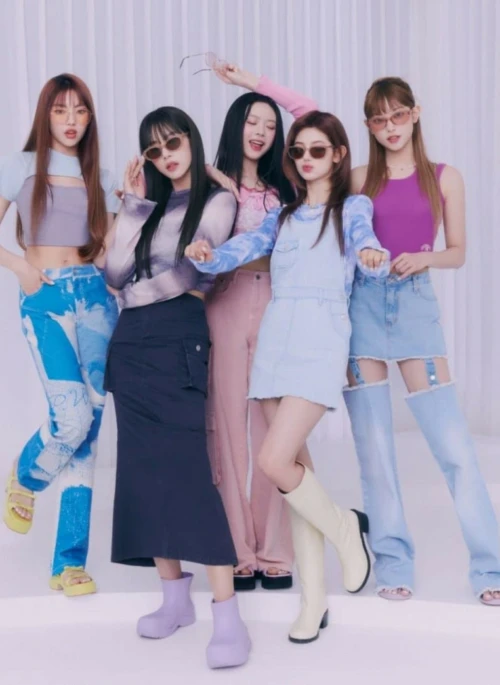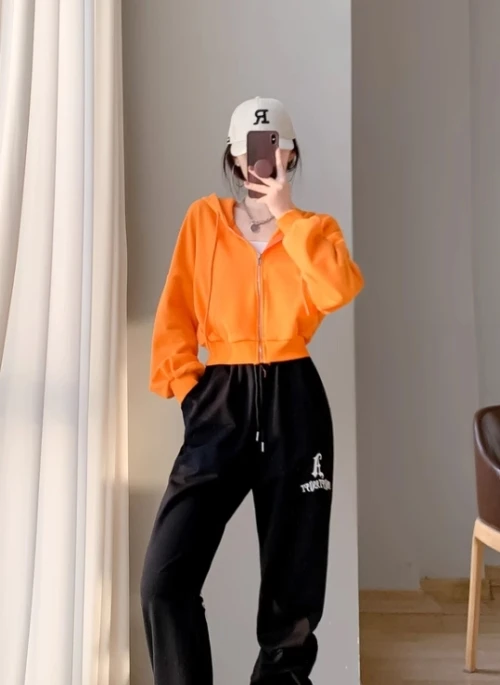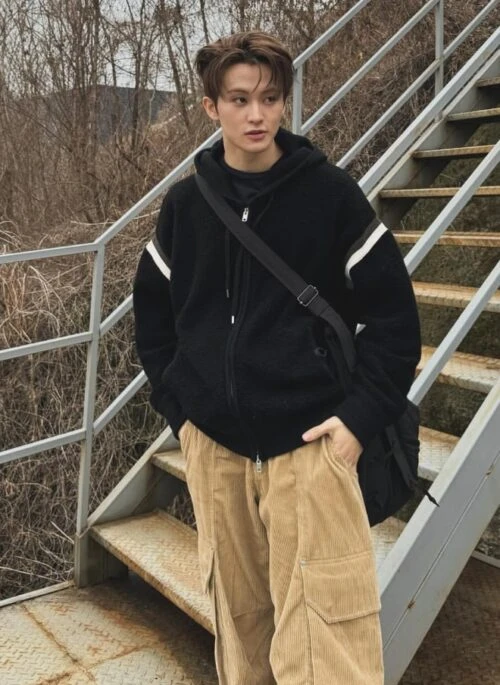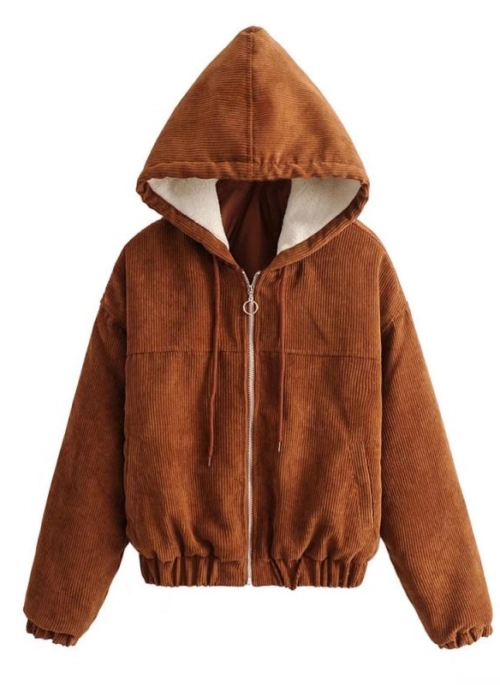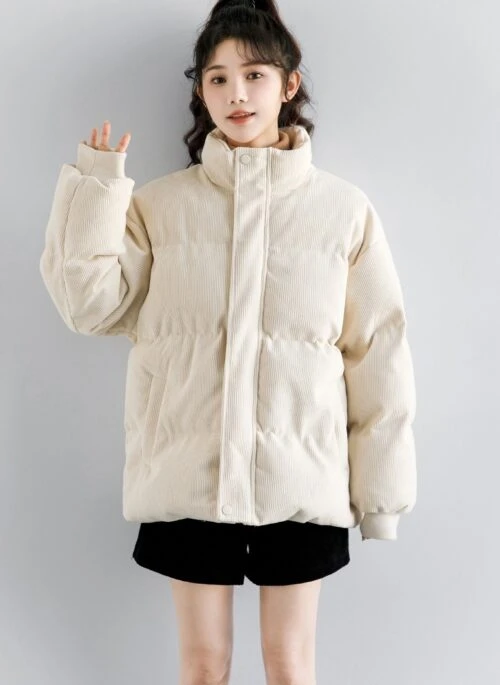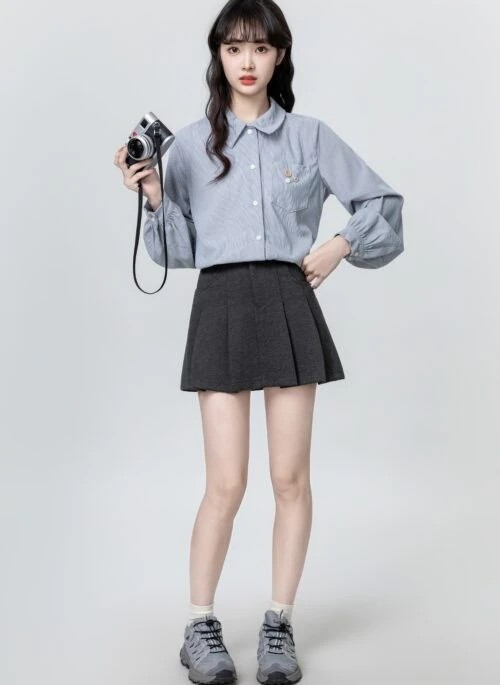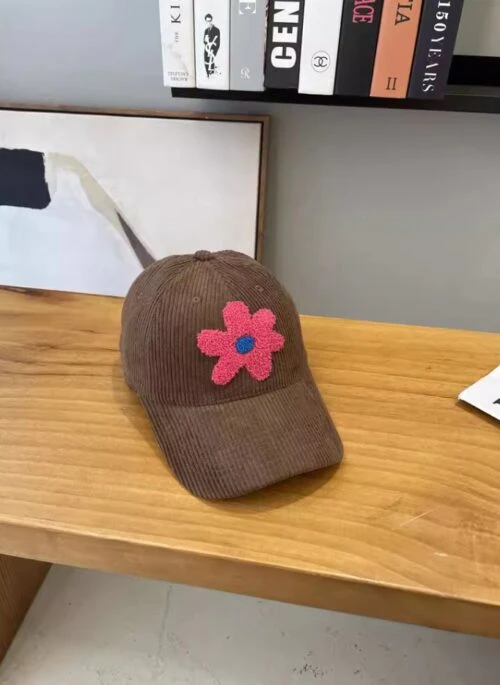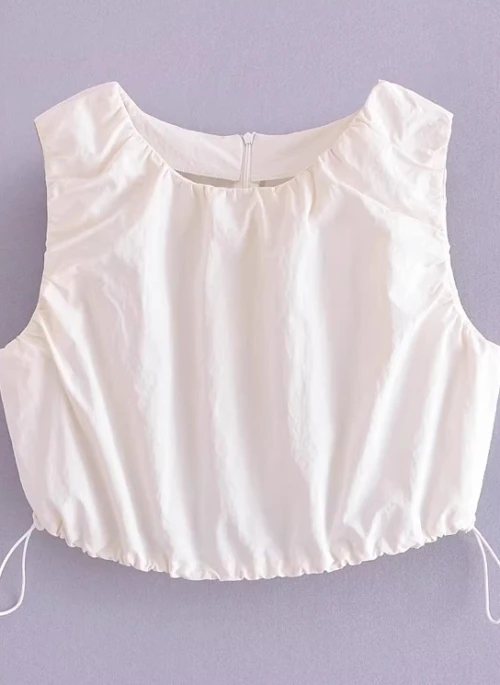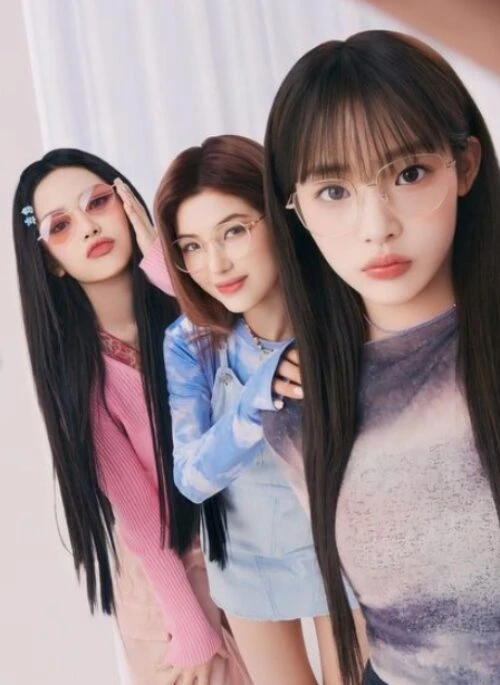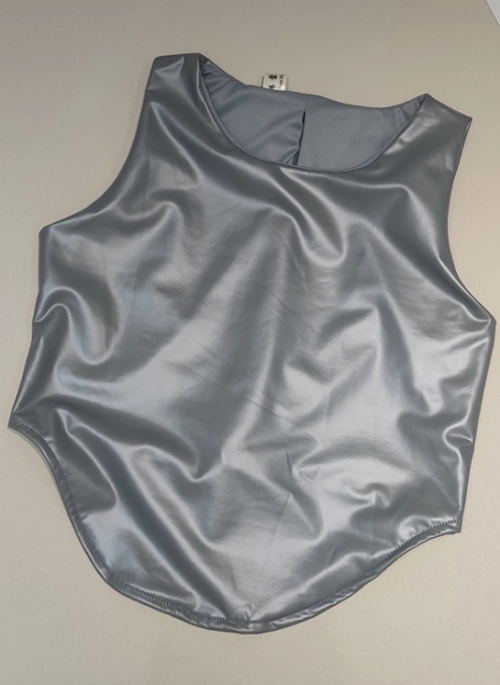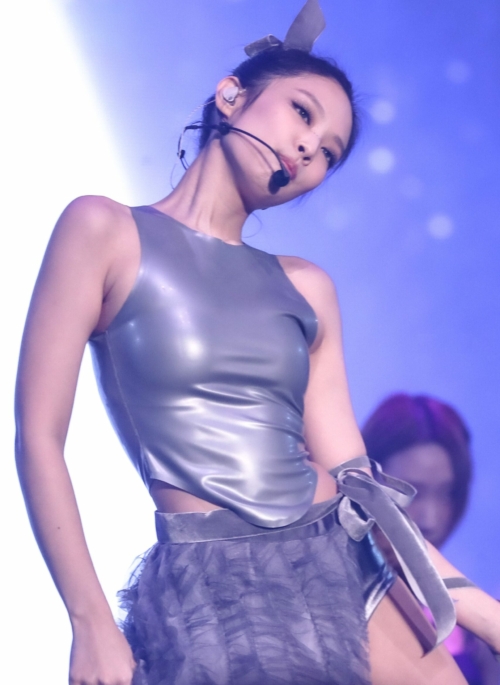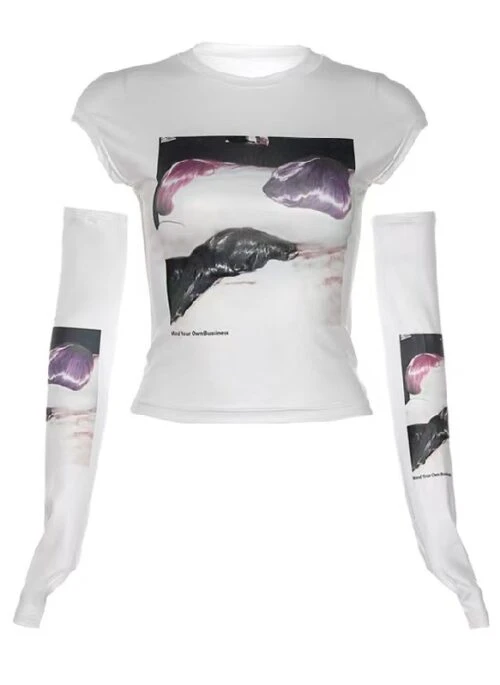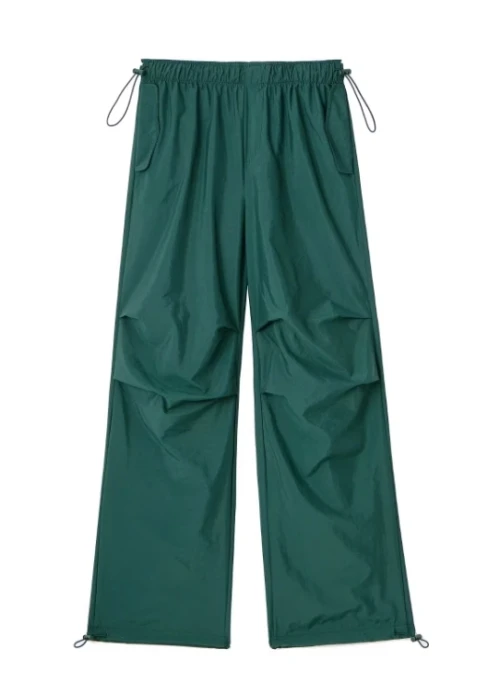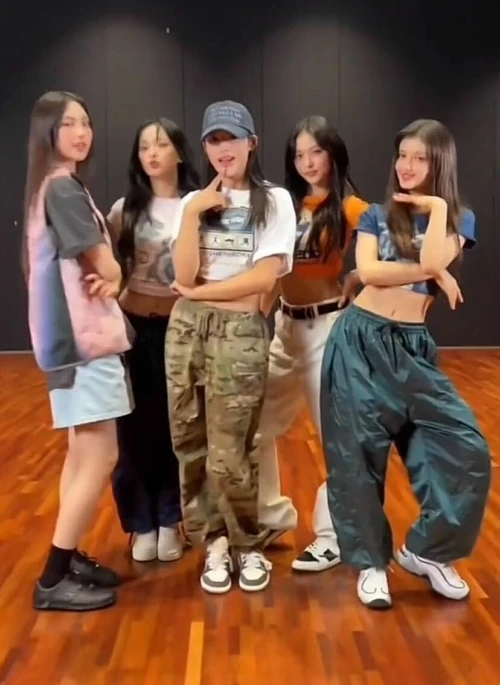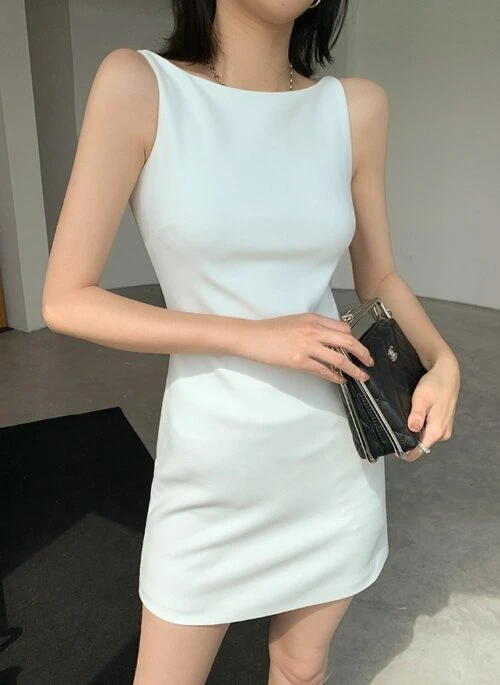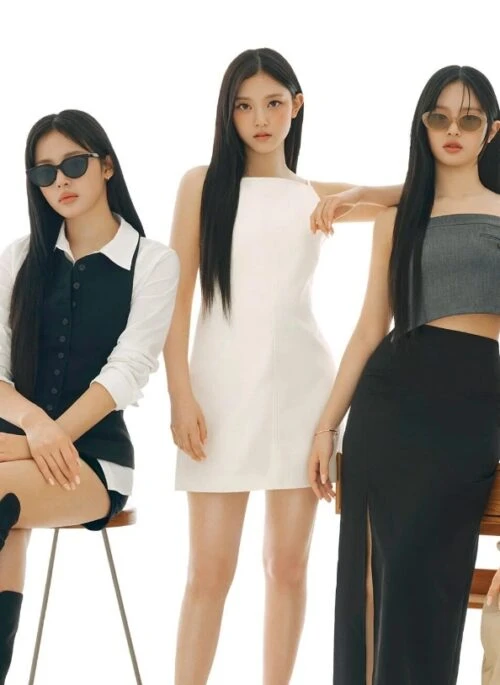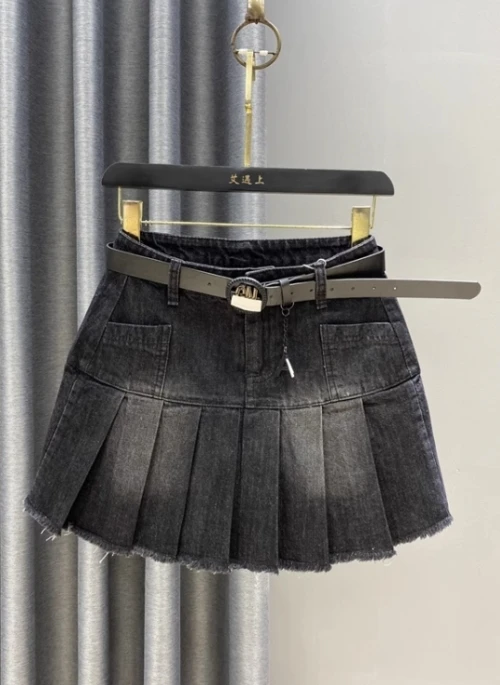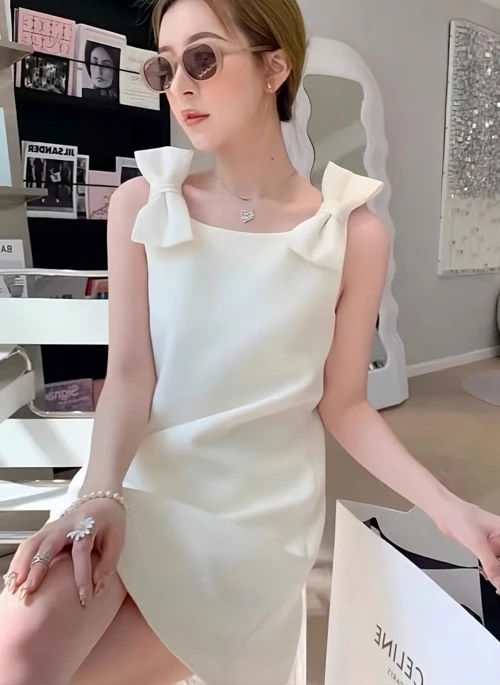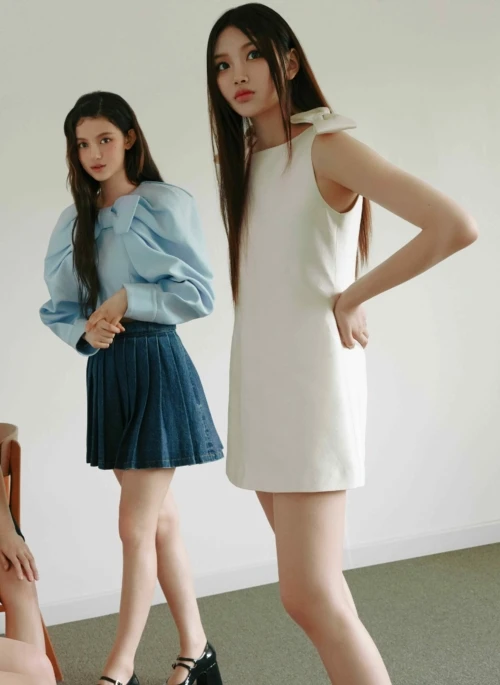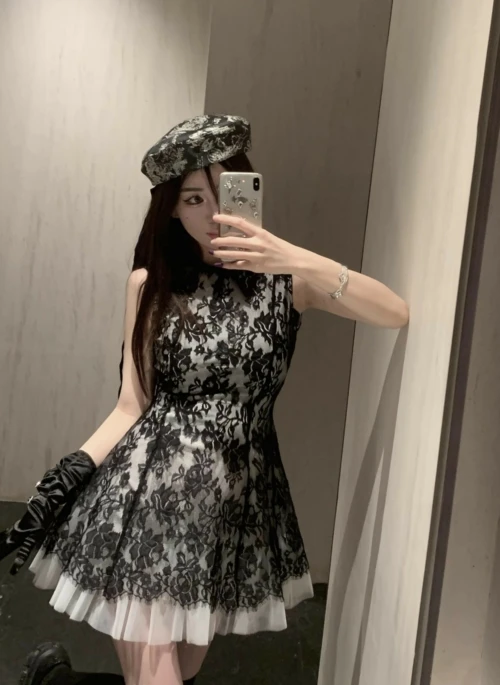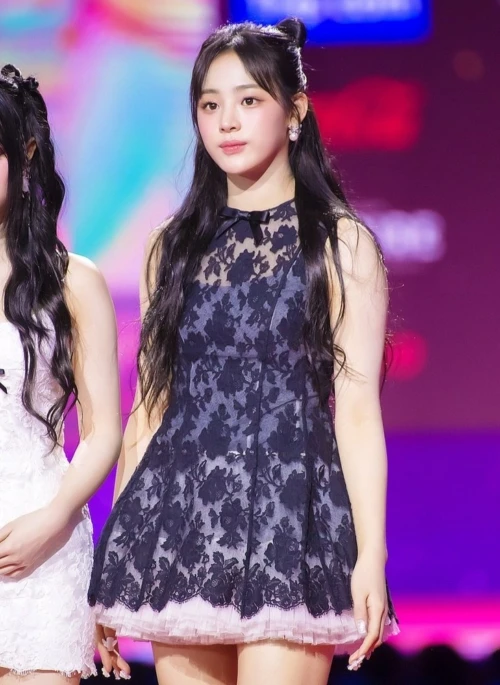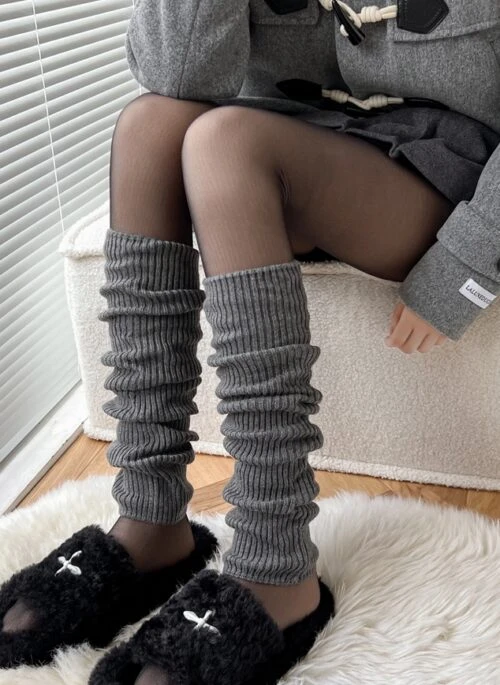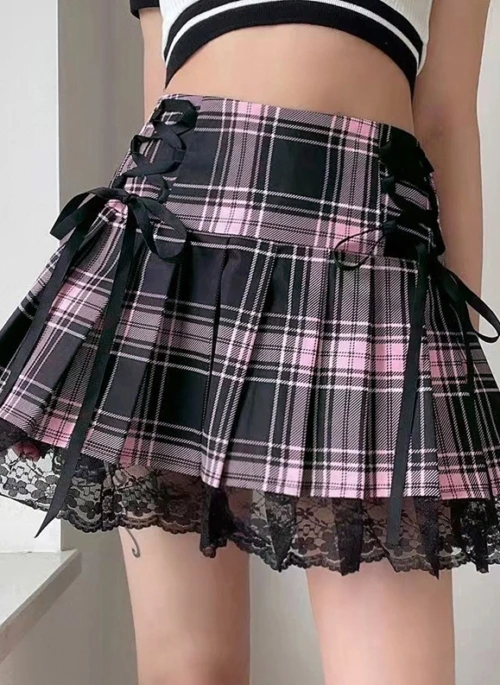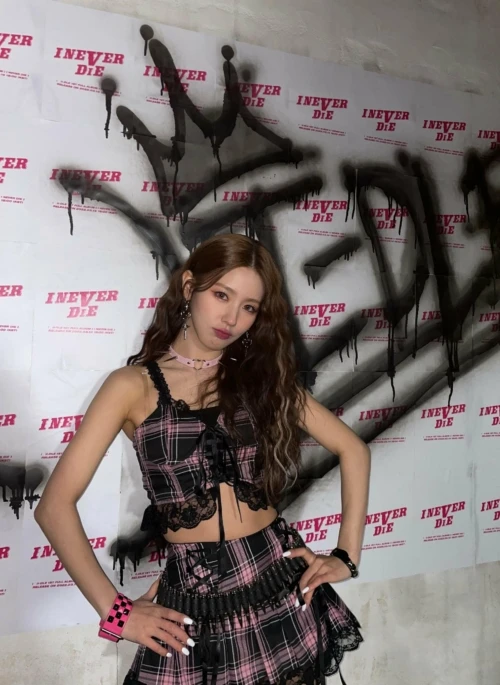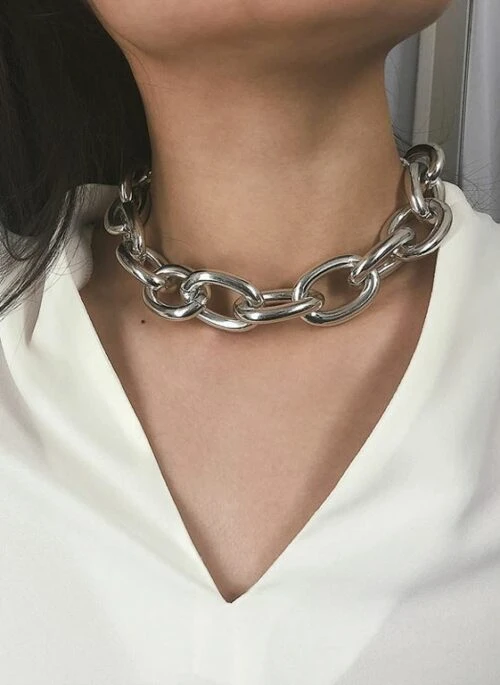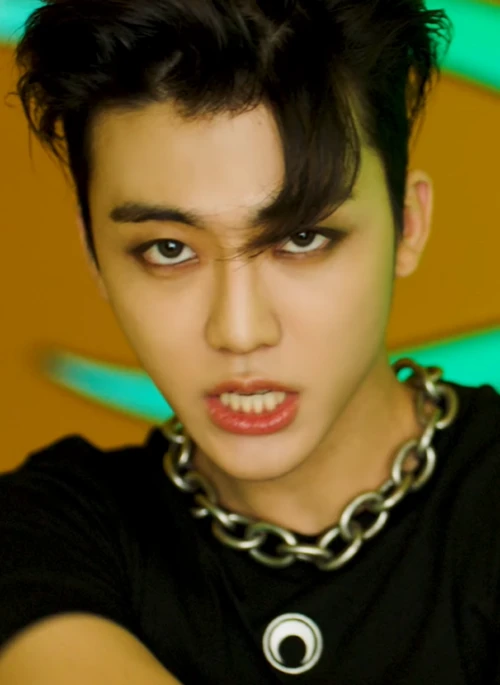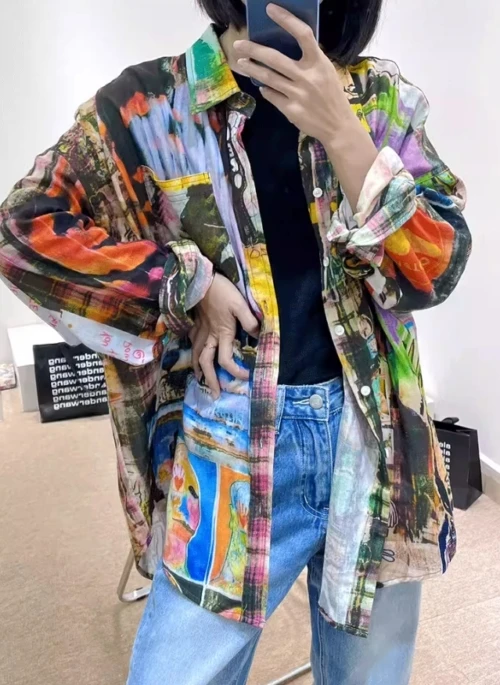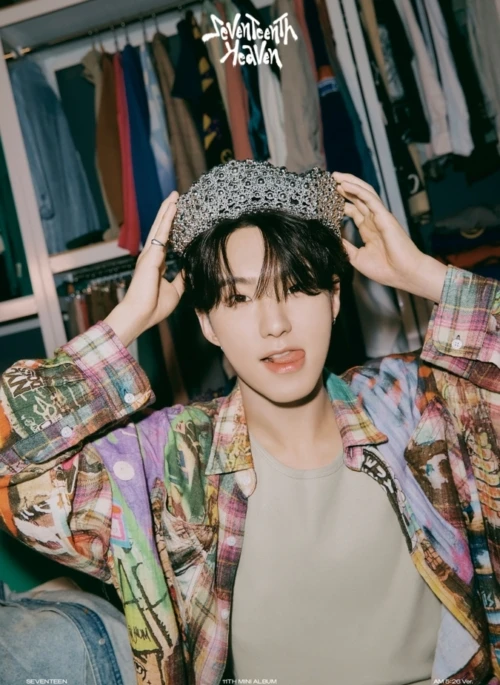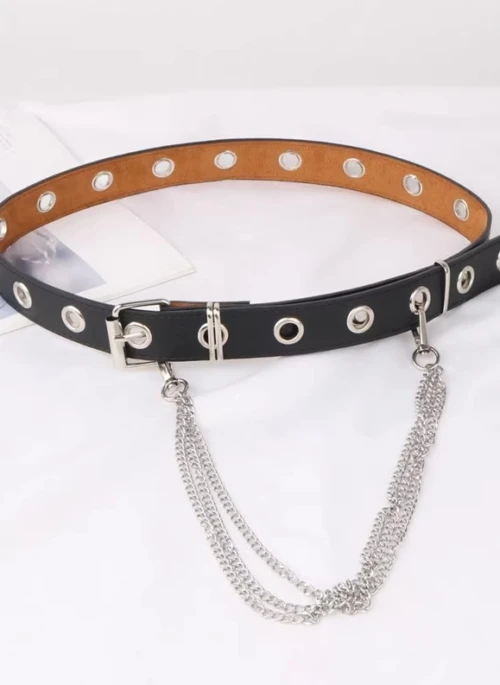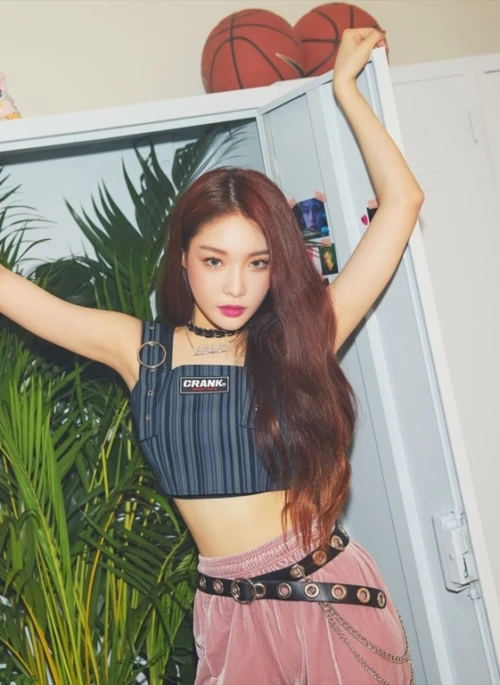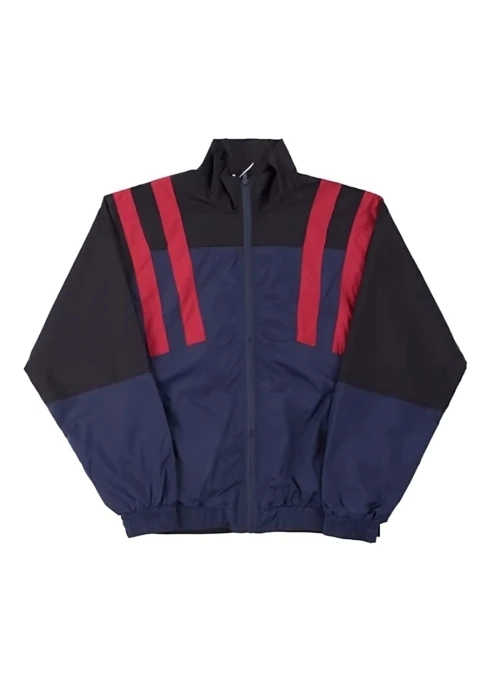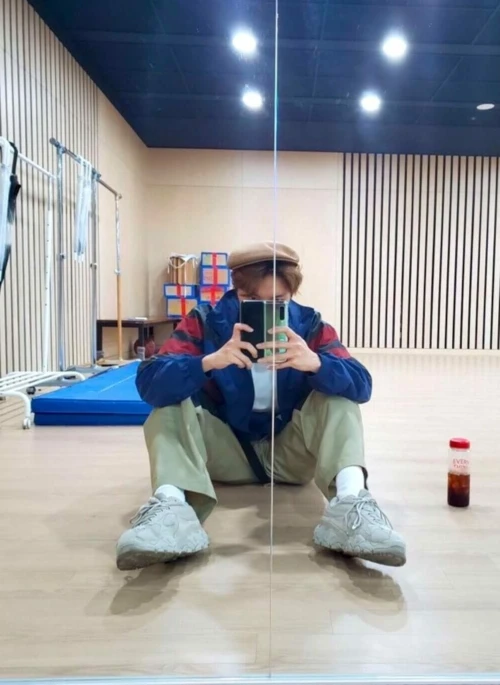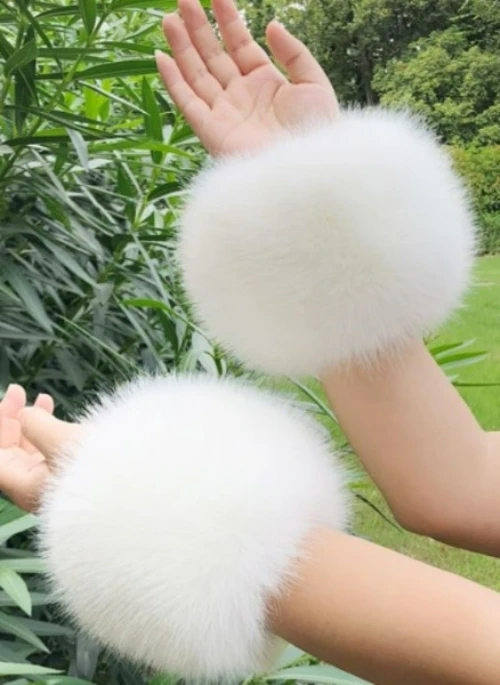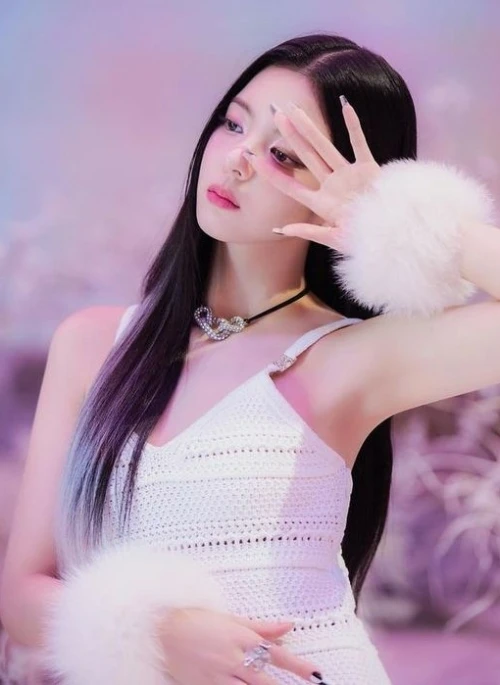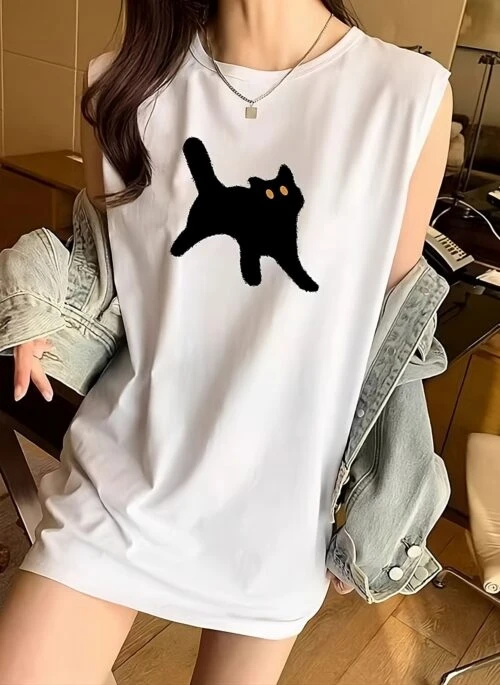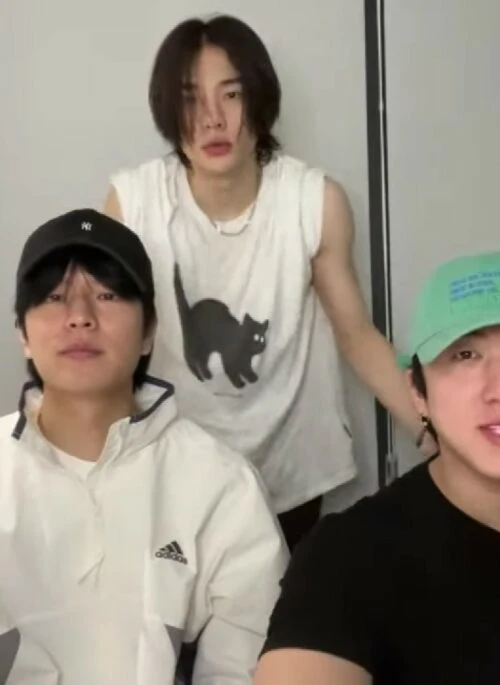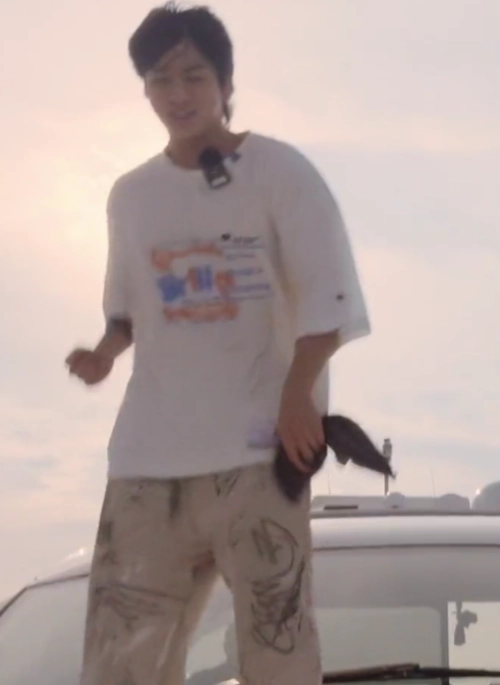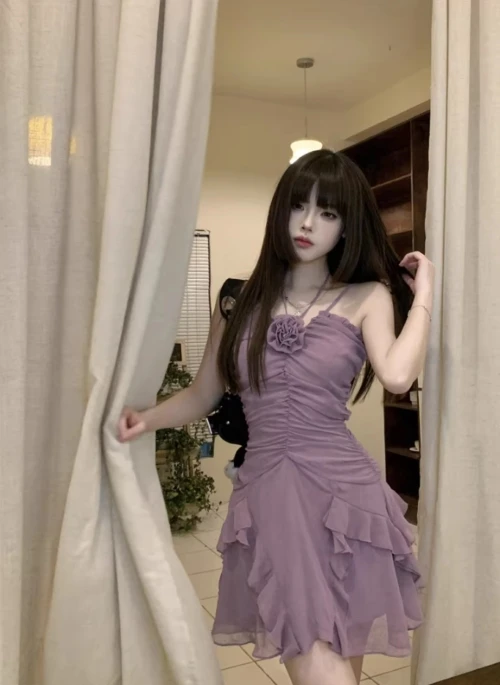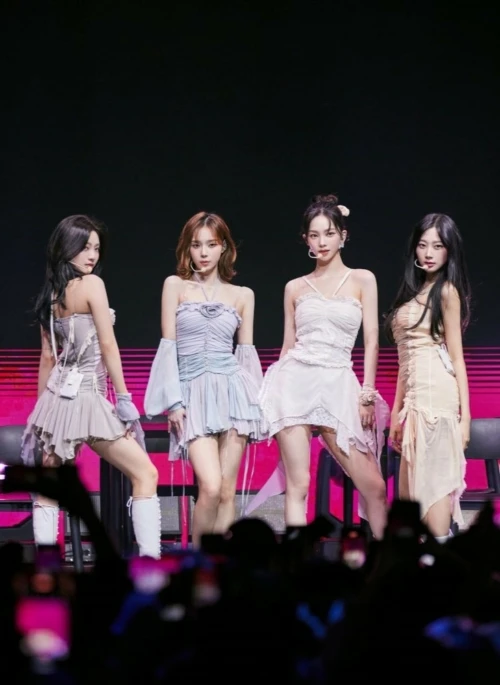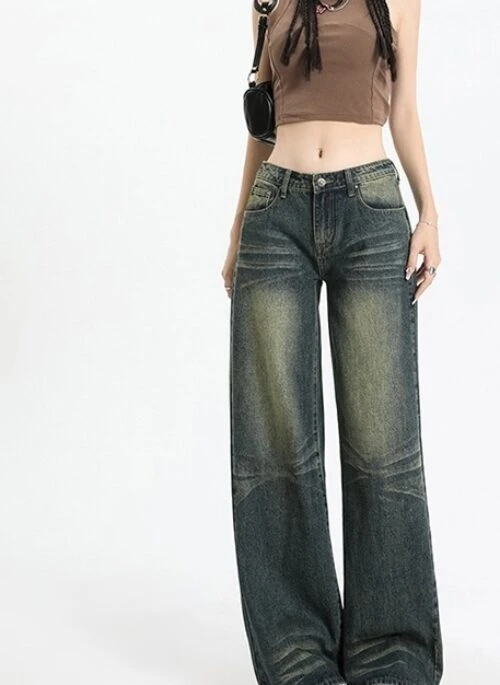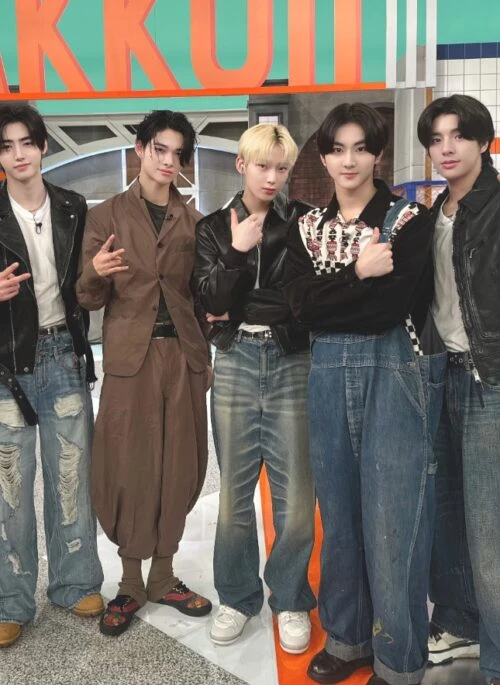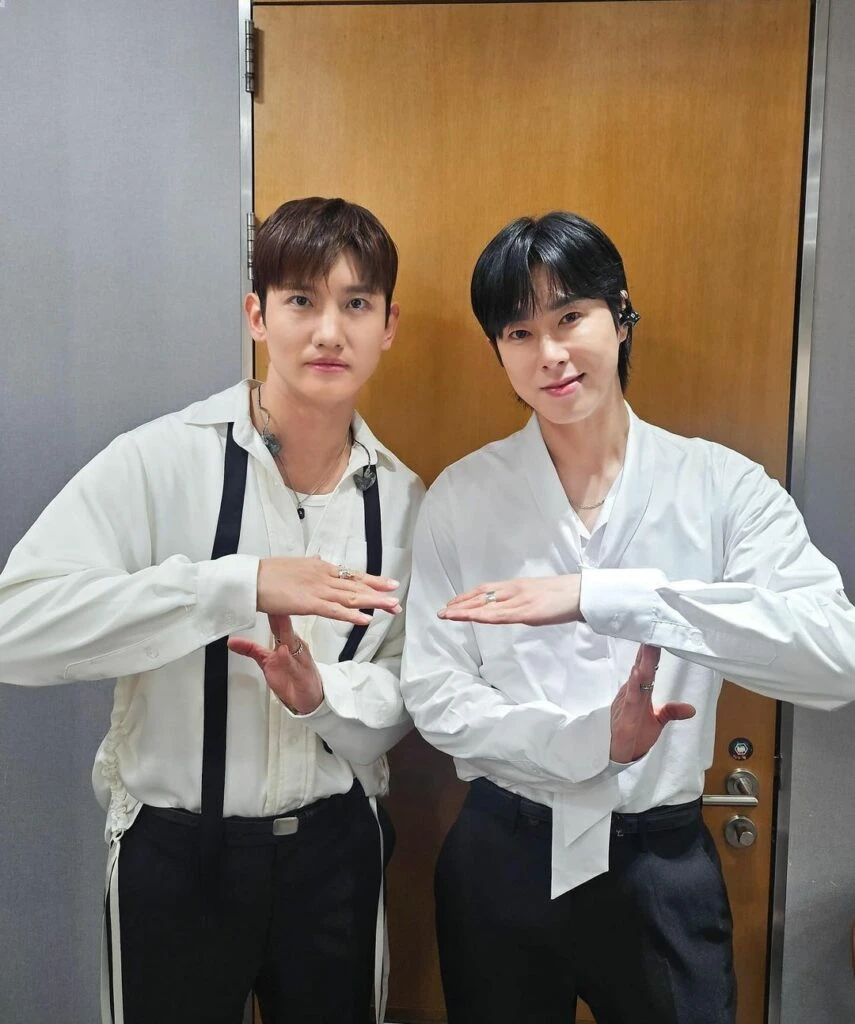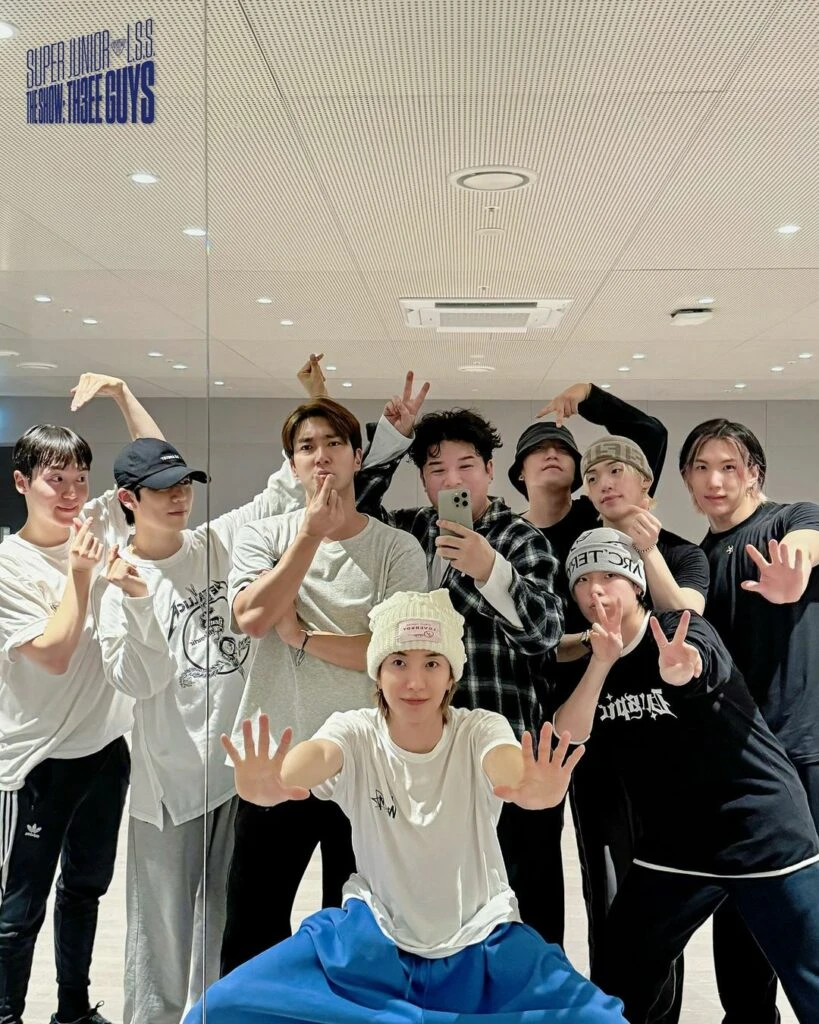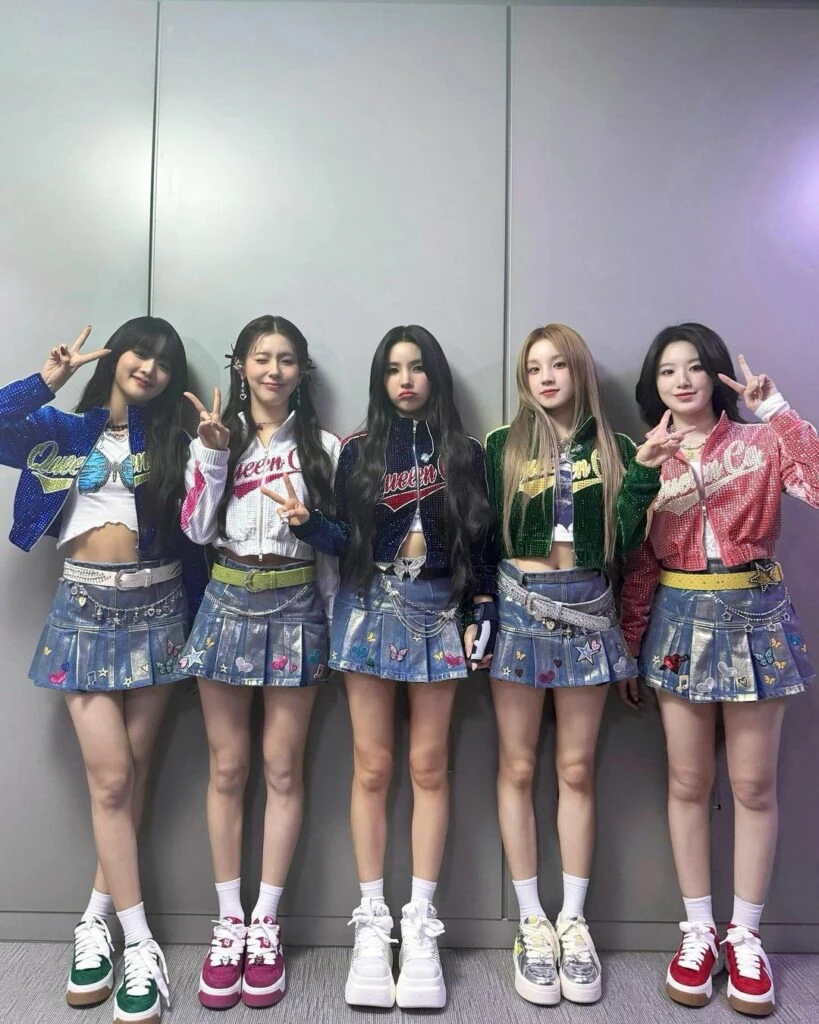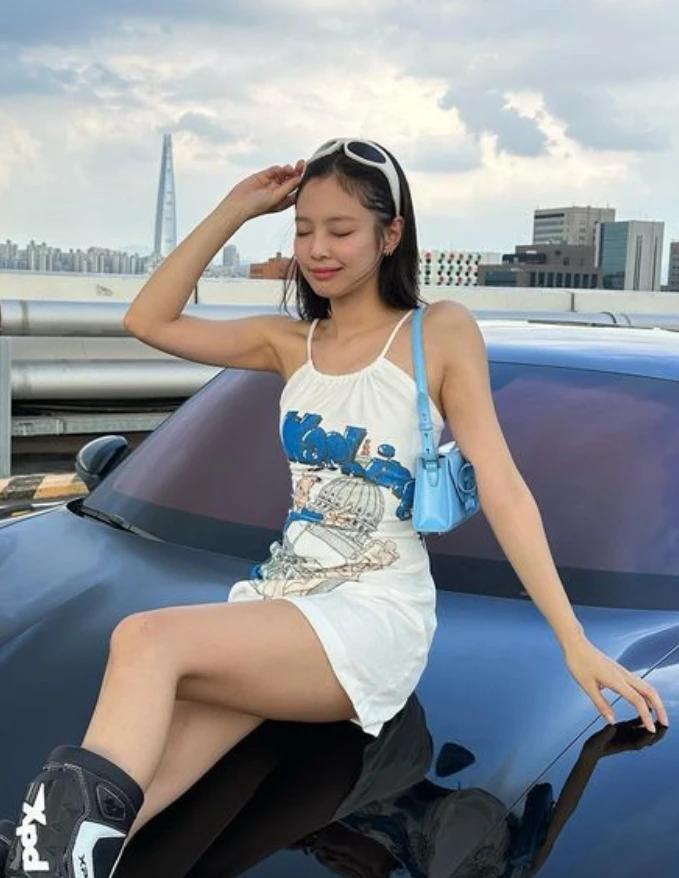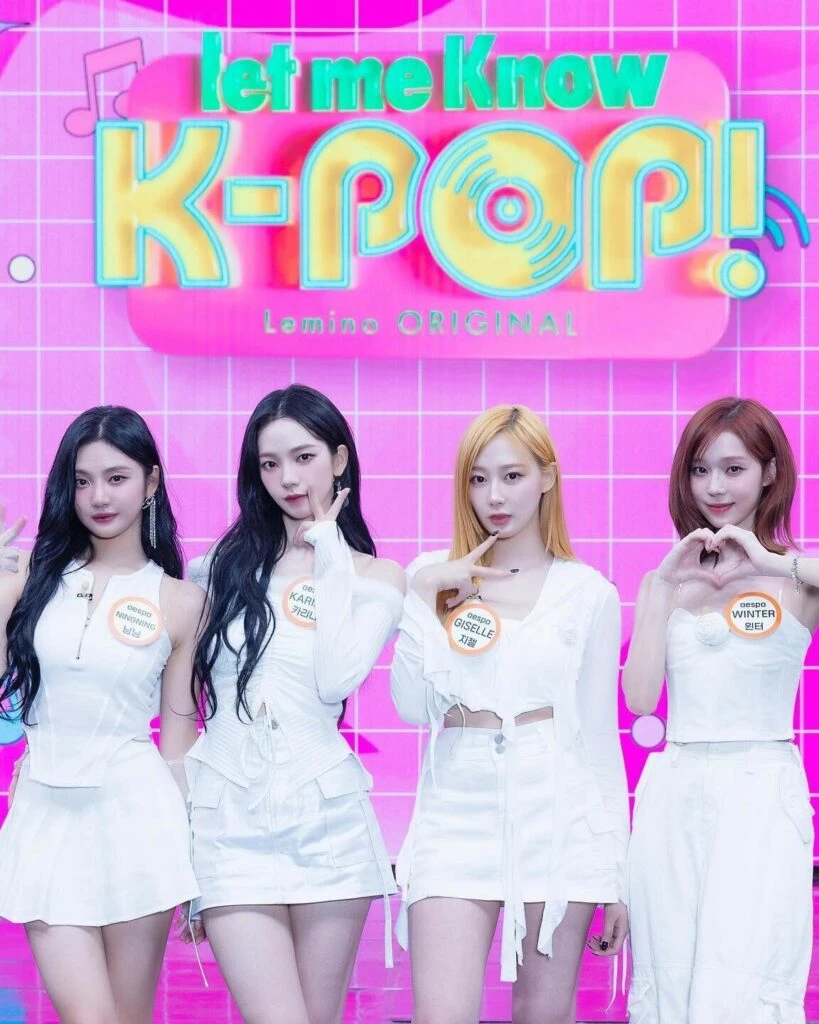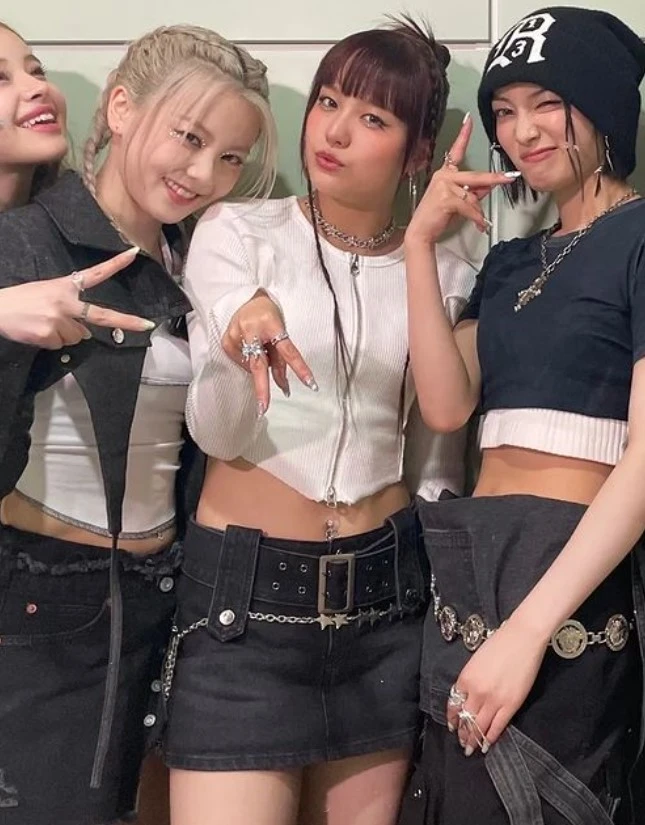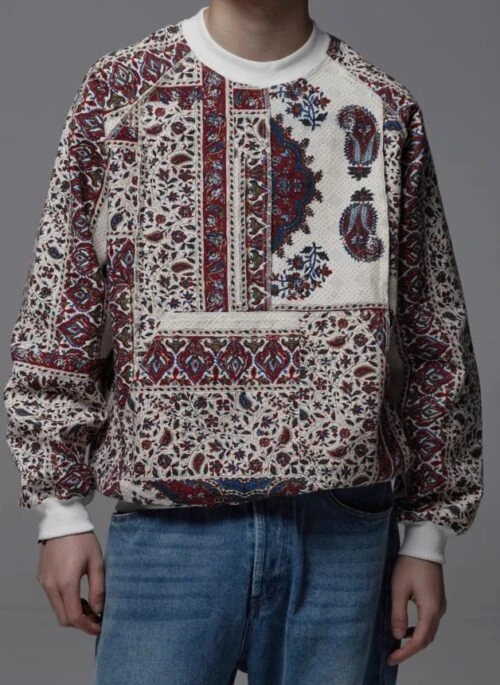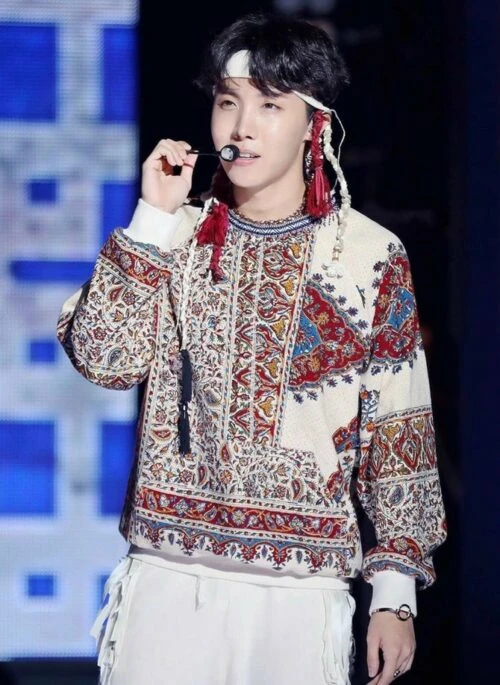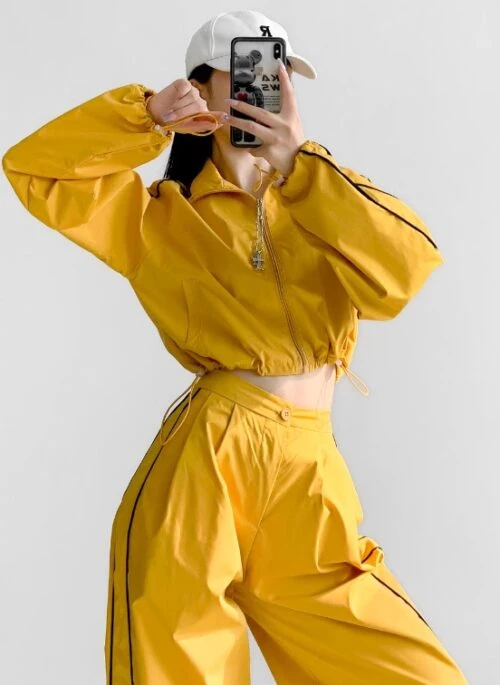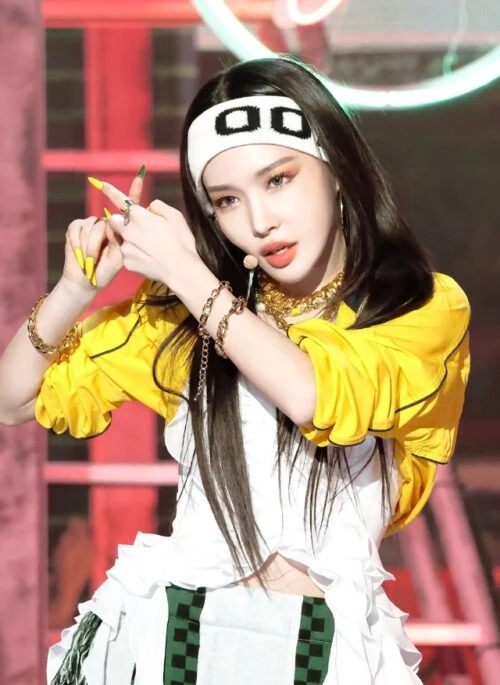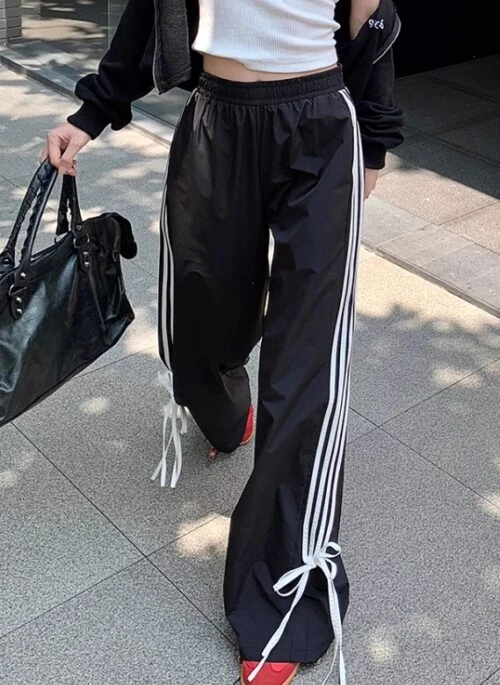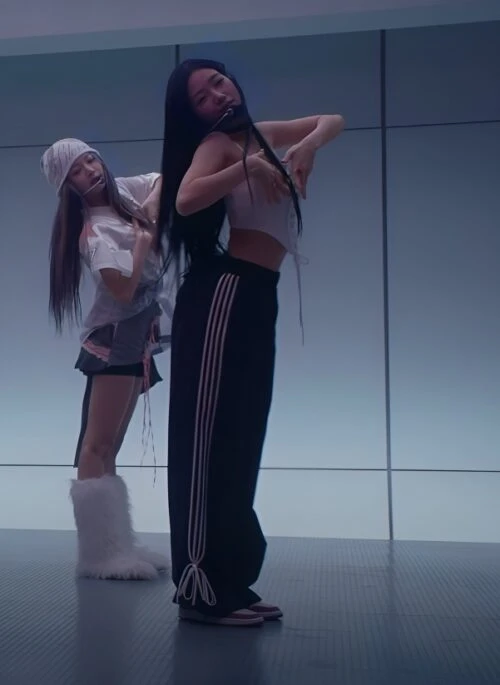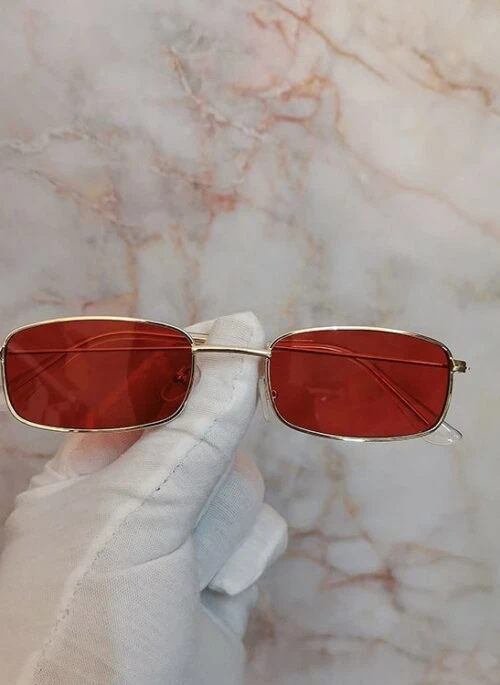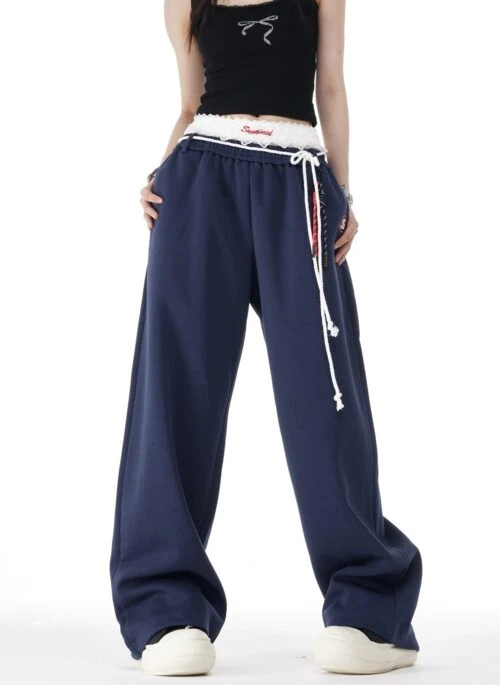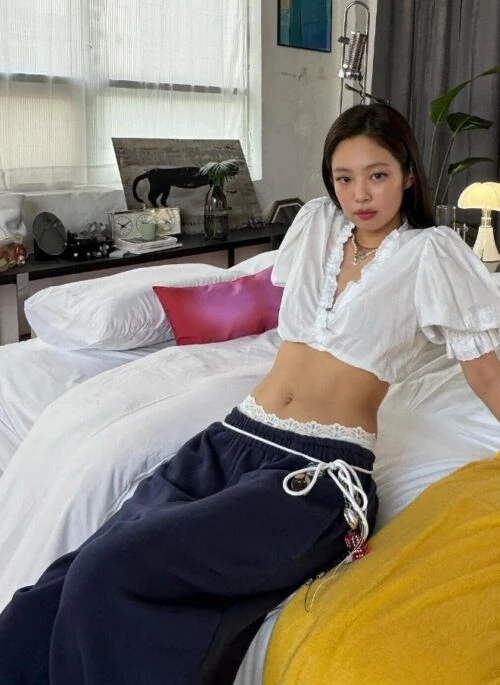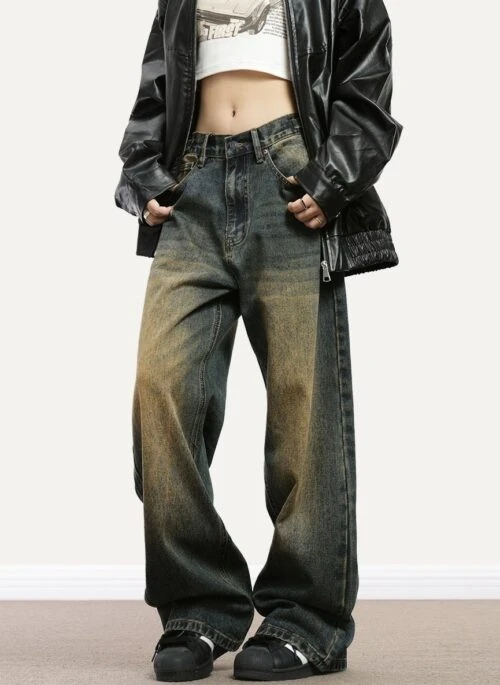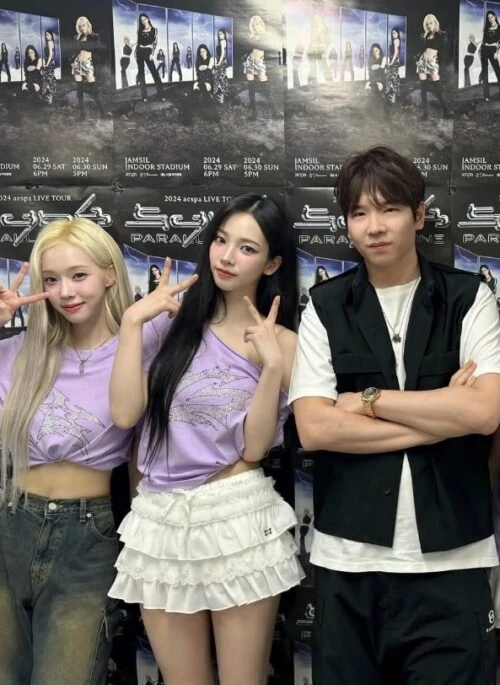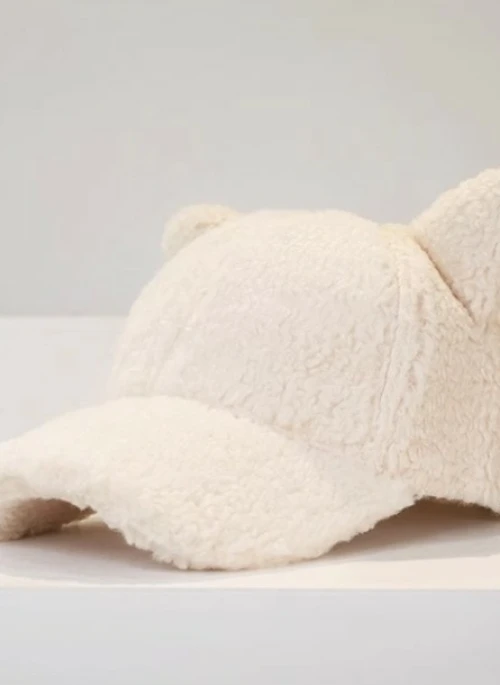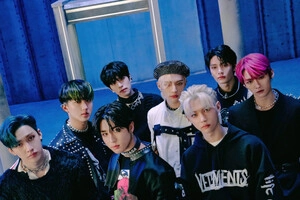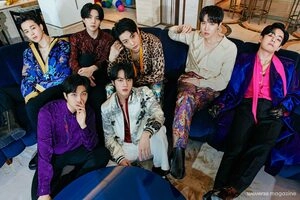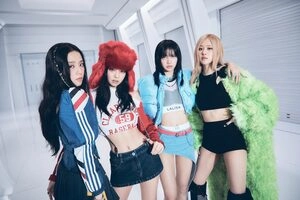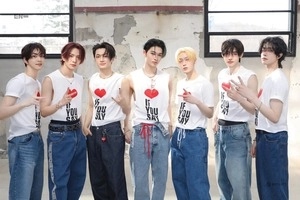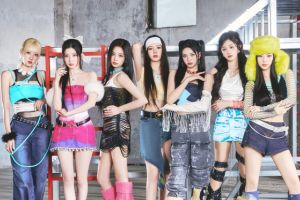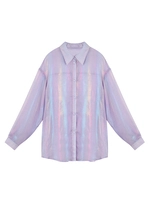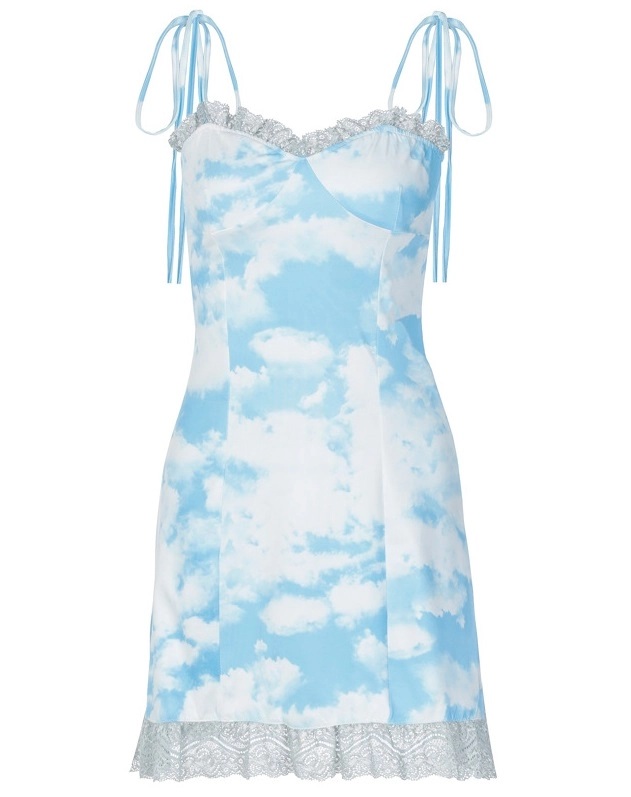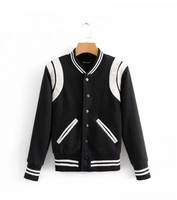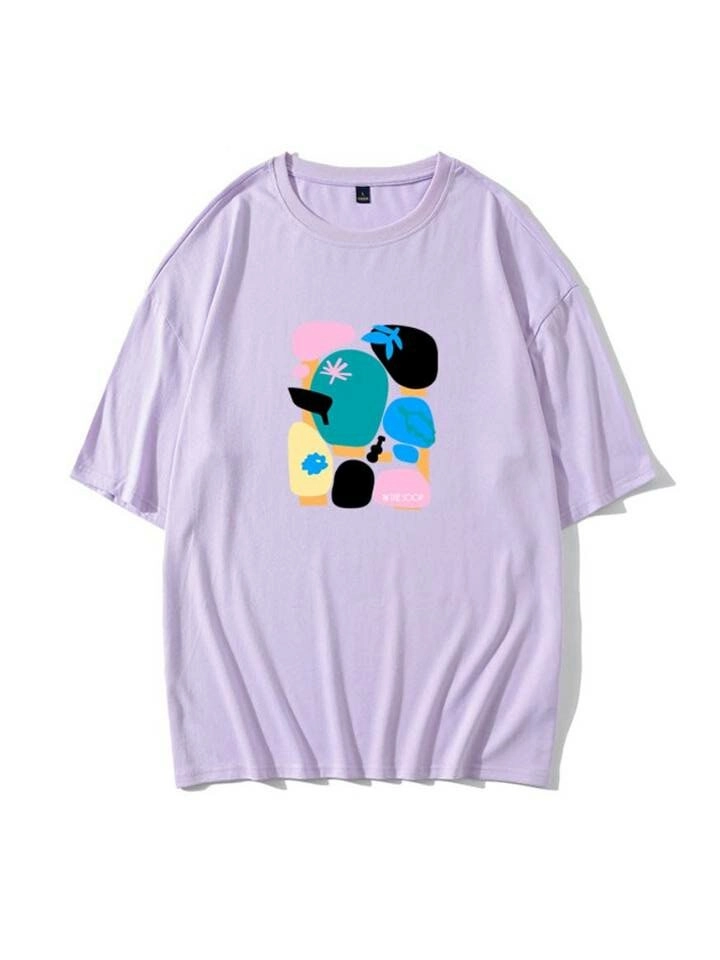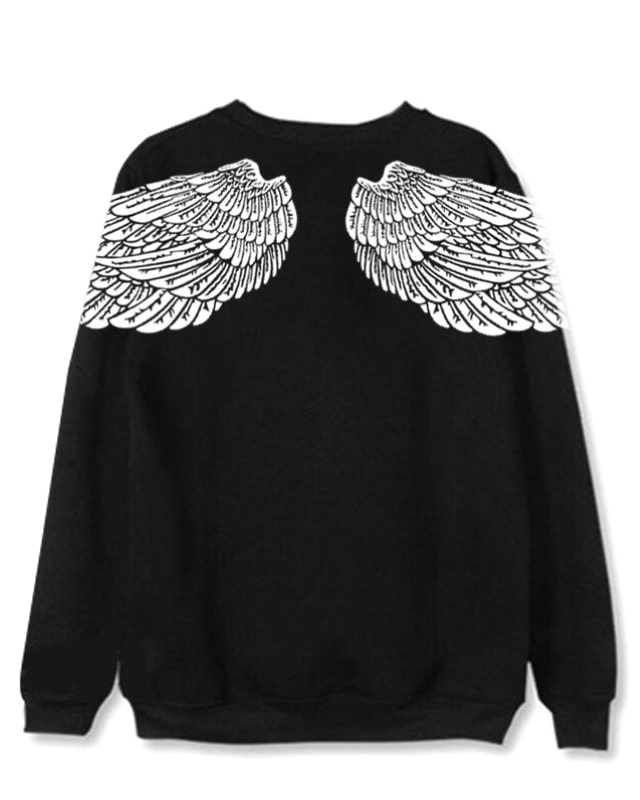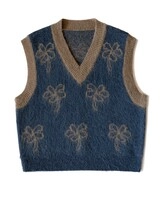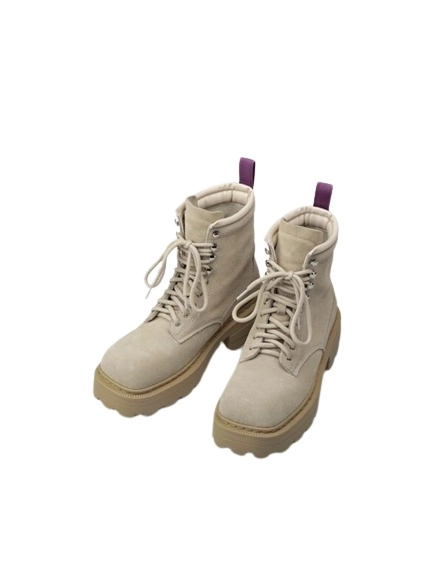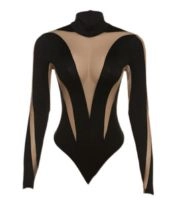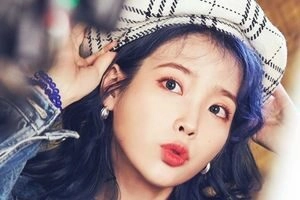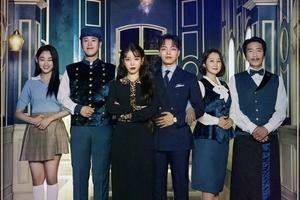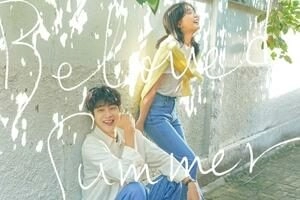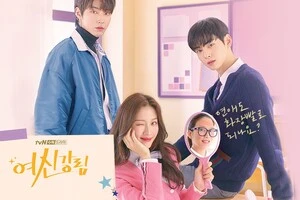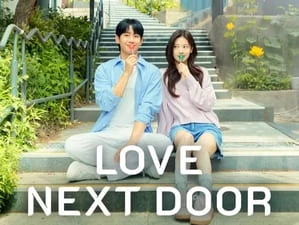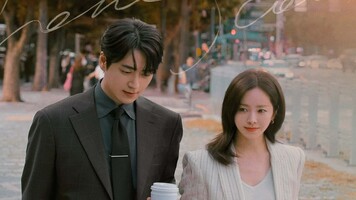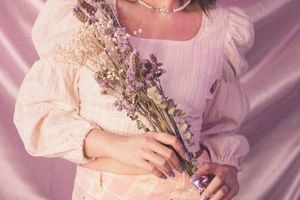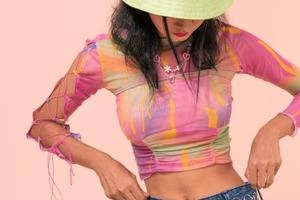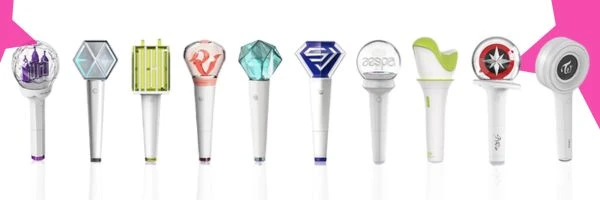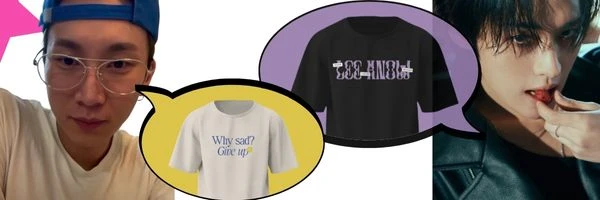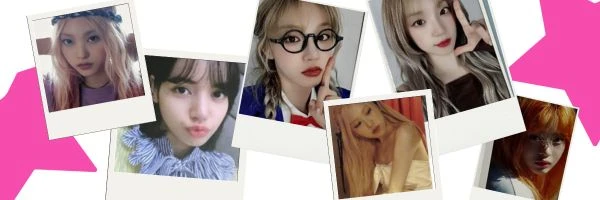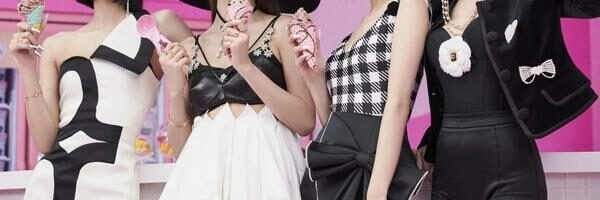25/03/2024
Y2K in KPOP: In Music and Fashion
For most, the resurgence of Y2K style in K-pop is marked by the debut of New Jeans with their song “Attention” which showcased a vibrant revival of early 2000s fashion trends like bold colors, crop tops, and platform shoes but Y2K in the industry has long been revived (way before New Jeans debuted). Although one cannot deny that they made it more known. This era’s aesthetic, characterized by a mix of oversized clothing, mini skirts, and maximalist accessories, not only brings back the nostalgic vibes of the late ’90s and early ’00s but also highlights the dynamic influence of Y2K fashion on today’s pop culture. The distinctive blend of y2k fashion, including low-rise jeans, micro-minis, and chunky footwear, has become a stylistic hallmark in the genre, reflecting both an homage to and an evolution of early 2000s music and fashion aesthetic.
As K-pop groups continue to embrace and reinterpret Y2K fashion trends, they’re contributing to a global fashion revival that intertwines with musical innovation. This fusion not only impacts fans worldwide by offering a diverse palette of aesthetic outfits but also narrates the history of Y2K fashion through modern performances. From translucent clothing to futuristic and retro fashion trends, K-pop is now at the forefront of showcasing how y2k clothes, indie aesthetic outfits, and trendy jeans are shaping the narrative for the next generation of fashion and music enthusiasts, and here’s why.
Table of Contents
- History of Y2K: What even is Y2K?
- The Origins of Y2K Music in KPOP
- The Origins of Y2K Fashion in KPOP
- The Resurgence of Y2K Fashion in KPOP Postpandemic & Beyond
- The Cultural Impact of Y2K on KPOP Fans Globally
- Challenges, Controversies Around Y2K and Cultural Appropriation
- Dressing up in Y2K
History of Y2K: What even is Y2K?
For those who just jumped on the boat, let’s discuss first things first. Y2K basically stands for “Year 2000”. Yup, that’s just it. But if we dig deeper, Y2K became a thing because back then, people actually thought of it as a threat. There was a fear that computers would break down when the year hit 2000 from 1999. Early computers were programmed in the dates of ’19’ and everyone was concerned if they are still going to function when we reached the year 2000. Long story short, we survived and here we are with more advanced technology. Itzy’s Loco Music Video is an iconic example.
Culture and environment-wise, the year the 2000s was actually the peak of what they call “dotcom bubble” wherein it was the high time when money and investments on the internet became huge. It was also the time when lots of teenagers got to meet their coming-of-age. Skate culture was big and so was the fashion. There were no limits when it came to fashion. You’ll see girls wearing baggy jeans and oversized shirts and on the other side of the street, you’ll also see girls wearing low-rise skirts, flared pants, and crop tops. There was no in-between!
The Origins of Y2K Music in KPOP
Influence of Early 2000s Music on KPOP
The early 2000s marked a transformative era in music, with R&B and hip-hop dominating the charts and influencing genres worldwide. The Y2K trend in K-pop, notably influenced by early 2000s R&B, seamlessly incorporated the sounds and styles of the era, creating a unique blend that resonated with fans globally.
The evolution of K-pop can be traced back to groups like H.O.T., who adopted the new jack swing movement, a fusion of hip-hop and R&B, popular in the ’90s. This musical foundation laid the groundwork for the genre’s future, influencing subsequent generations of K-pop artists.
Groups like New Jeans have been at the forefront, weaving R&B influences into their music, as evidenced in hits like “Attention”, “Hype Boy”, and “Ditto”. Their style and sound pay homage to the Black R&B girl groups of the late ’90s and early ’00s, showcasing the deep-rooted influence of Black music culture on K-pop.
Other KPOP tracks that give off Y2K sounds are the ff:
Even Joy from Red Velvet’s solo album and comeback was heavily influenced by Y2K concept both in music and Fashion.

Influence of Western Pop Culture on K-Pop’s Y2K Revival
The influence of Western pop culture, particularly the collaborations between Black and Korean artists, plays a significant role in the Y2K revival within K-Pop. These partnerships, featuring icons like Snoop Dogg, Erykah Badu, and Anderson Paak, not only strengthen cultural ties but also enrich the musical landscape with diverse influences. The Y2K aesthetics in K-pop, embracing futuristic looks and technology-based themes, draw inspiration from subgenres like Afro-Futurism, showcasing an optimistic vision for the 21st century.
The borrowing of elements from Black culture, including hairstyles and fashion, has been a topic of both inspiration and controversy within K-Pop. Recognizing the importance of education and respect towards cultural elements, the industry is moving towards a more informed and respectful approach. This includes understanding the history and significance of cultural elements like box braids, dreadlocks, and the impact of blackface, ensuring a respectful integration of cultural influences.
The Origins of Y2K Fashion in KPOP
Tracing the roots of Y2K aesthetics in K-pop reveals a rich tapestry of influences that have shaped its distinctive style but you cannot identify which group really started it. New Jeans on one hand undeniably brought it back to headlines. Their homage to this era is marked by an eclectic mix of styles and colors, drawing heavily from the iconic trends of the time.
Saying that the KPOP group 2NE1 brought it back to trends is wrong because if there’s anything, they might even helped pioneer it in the KPOP industry. So it’s safe to say that some 4th gen groups indeed brought it back to the limelight. Originating from the eclectic mix of ’90s clubwear, rave fashion, and hip-hop style, Y2K fashion introduced a blend of sporty, minimal, shiny, and futuristic elements.
The Y2K style in K-pop is characterized by its distinctive use of:
- Vibrant Colors: Incorporating shades like purple, pink, blue, and green, these colors breathe life into the Y2K aesthetic, making it stand out.
- Diverse Clothing Styles: From classic baggy clothing to a cyber aesthetic inspired by cyberpunk, the range is vast and varied.
- Key Fashion Items: This includes bold colors, chunky shoes, low-rise pants, halter tops, crop tops, denim skirts, tube tops, cargo pants, and platform shoes, each adding a unique flavor to the overall Y2K look.
Iconic groups such as TVXQ, Super Junior, and Girls’ Generation have also played a pivotal role in popularizing the Y2K aesthetic within K-pop.
Their contributions have not only shaped the fashion trends within the industry but have also influenced the global perception of Y2K fashion, intertwining with music to create a memorable era in pop culture. This blend of music and fashion from the early 2000s continues to inspire and influence the aesthetic choices of K-pop groups and their fans around the world.
The Resurgence of Y2K Fashion in KPOP Postpandemic & Beyond
Since the Y2K fashion trend, with its iconic set of of bold colors, crop tops, mini skirts, and oversized clothing has proven made a significant comeback in the K-pop industry, it proved that it was also driven by a wave of nostalgia and the revival of early 2000s pop culture in the start of 2022 especially with the help of Tiktok and other social media platforms. High-end luxury brands like Dior and Ferragamo, alongside more casual brands such as Calvin Klein, have released rabbit-themed collections, signaling the broad appeal and versatility of Y2K aesthetics. Additionally, items emblematic of the Y2K era, including sheepskin boots, balaclavas, leg warmers, and fur hats, are once again in vogue, highlighting the cyclical nature of fashion trends.
K-pop idols like New Jeans, (G)I-DLE, and Blackpink’s Jennie have been at the forefront of embracing Y2K fashion, incorporating it into their music videos, stage outfits, and personal style.
This resurgence is not just about replicating past trends but reinterpreting them with a modern twist, appealing to both long-time fans of the genre and a new generation discovering Y2K aesthetics for the first time especially the GEN Z.
The trend’s influence is undeniable, with groups like Aespa and XG adopting the aesthetic, offering fans a sense of nostalgia while pushing the boundaries of K-pop’s visual and musical identity.
The Cultural Impact of Y2K on KPOP Fans Globally
The Y2K aesthetic’s resurgence in K-pop has had a profound impact on fans globally, transcending mere fashion and music to embody a form of optimism for the future. This sentiment echoes the turn of the millennium’s hopeful outlook towards the 21st century, a time when technology and innovation promised new possibilities. For K-pop fans, Y2K is not just about the revival of fashion trends or music styles; it’s a celebration of a period that symbolized the dawn of a new era.
- Global Fan Engagement:
- Nostalgia and New Discoveries: Older fans relive their youth, while younger fans explore the allure of a time they never experienced.
- Social Media Trends: Platforms like Instagram and TikTok have become arenas where fans recreate Y2K outfits and share K-pop dance covers, fostering a global community connected by a shared aesthetic.
- Optimism and Future Outlook:
- Creative Expression: Fans and artists alike use Y2K as a canvas for expressing hopes and dreams, leveraging its futuristic elements to envision a brighter tomorrow.
- Cultural Exchange: The global conversation around Y2K and K-pop facilitates cross-cultural understanding, with fans worldwide embracing and contributing to the diversity of the movement.
This cultural phenomenon underscores the enduring appeal of the Y2K aesthetic and its significance in shaping the identity of K-pop fans across the globe. And here’s how you can join the conversation and dress up in Y2K:
Challenges, Controversies Around Y2K and Cultural Appropriation
The Y2K trend’s resurgence within the K-pop industry has sparked a complex dialogue around cultural appropriation and societal norms, particularly among Generation MZ in South Korea. This demographic, encompassing both millennials and Gen Z, has expressed mixed reactions due to:
- Cultural Sensitivities: Varied perspectives on personal expression and social taboos have led to debates, especially around body image and the sexualization of women.
- Borrowing from Black Culture: K-pop’s adoption of styles and sounds from Black culture, including hairstyles like box braids and dreadlocks, has sometimes resulted in negative repercussions. Instances of cultural insensitivity, such as blackface or dressing up as racist stereotypes, have caused discomfort and frustration among Black women in the K-pop fandom.
Addressing these challenges requires a concerted effort from both idols and their agencies:
- Education and Awareness: There’s a growing need for K-pop entities to educate themselves on the origins and significance of the cultural elements they adopt.
- Listening to Fans: International fans, especially from the cultures being appropriated, can offer valuable insights. Their feedback should be taken seriously to foster a more inclusive and respectful global K-pop community.
- Apologies and Learning: When mistakes occur, swift apologies and a commitment to learning from these missteps are crucial for maintaining the genre’s integrity and global appeal.
By navigating these complexities thoughtfully, the K-pop industry can continue to celebrate the Y2K aesthetic while honoring the diverse cultures that contribute to its richness.
Future of KPOP and Y2K Concepts
The future of KPOP intertwined with Y2K concepts signals a vibrant and evolving landscape, driven by a blend of nostalgia and innovation. As we move into 2024, the Y2K trend is expected to continue flourishing, with KPOP leading the charge. This resurgence is backed by a significant recovery in the Korean fashion industry, which saw a 5.4% increase in sales in 2022, reaching a sales volume of 41.7 trillion won ($32.8 billion). The industry’s adaptation to changing consumer demographics is evident as it welcomes a new generation of consumers.
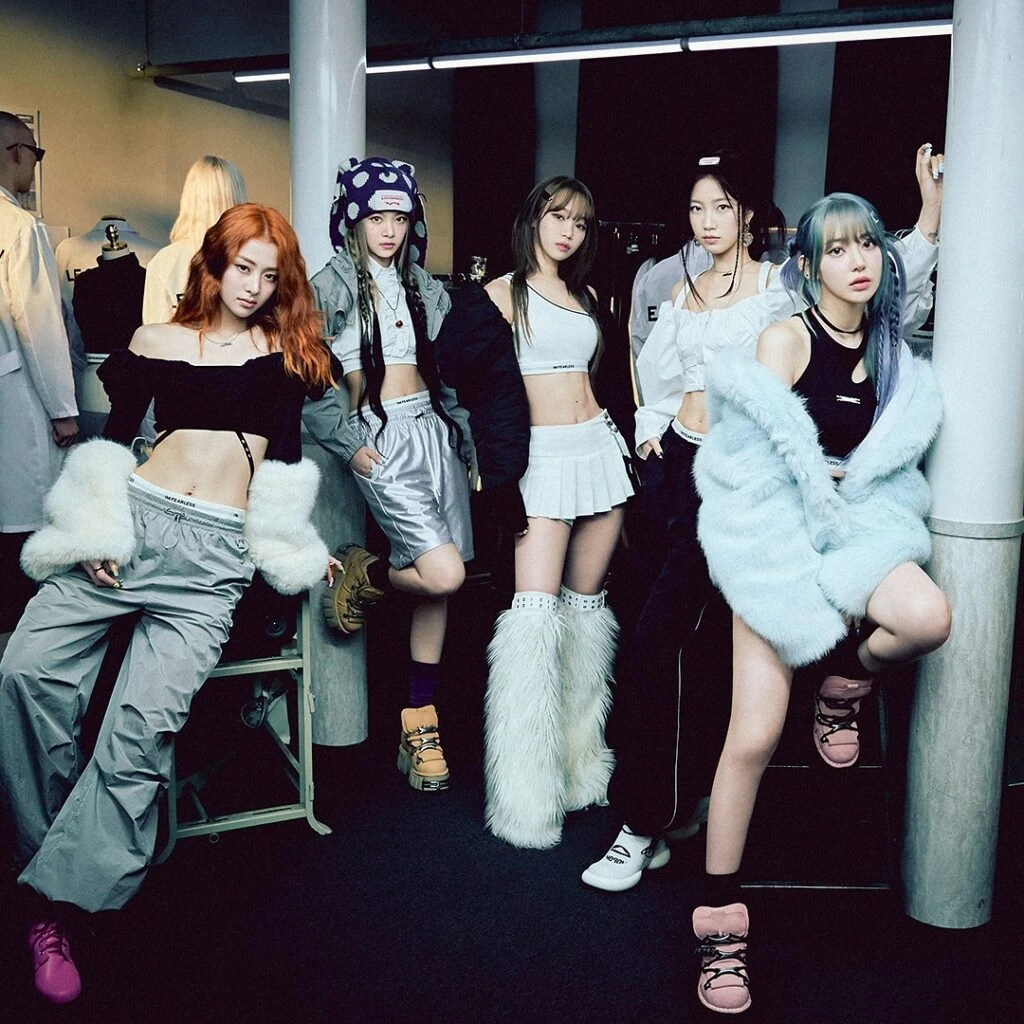
Fashion brands are already repositioning themselves to cater to this broader audience as we mentioned earlier so this strategic rebranding not only appeals to a wider audience but also ensures the continued relevance and growth of Y2K concepts in KPOP.
Dressing up in Y2K
Now that we have discussed the resurgence and influence of Y2K fashion and music within K-pop not only marks a vibrant revival of early 2000s aesthetics but also highlights the genre’s dynamic adaptability and deep-rooted connections to global pop culture, one may ask, so how do we dress up with this concept?
Short answer: Dress up Freely!
This concept is perfect for maximalists and even those who don’t know how to pick ootds! Wear whatever you want, match animal prints and stripes, layers over layers, denims over denims, etc. Dressing up in Y2K basically means you have to show up in whatever your heart desires as if its your last day on earth. And if you’re looking for y2k pieces to complete your look, Fashion Chingu has everything you need!
